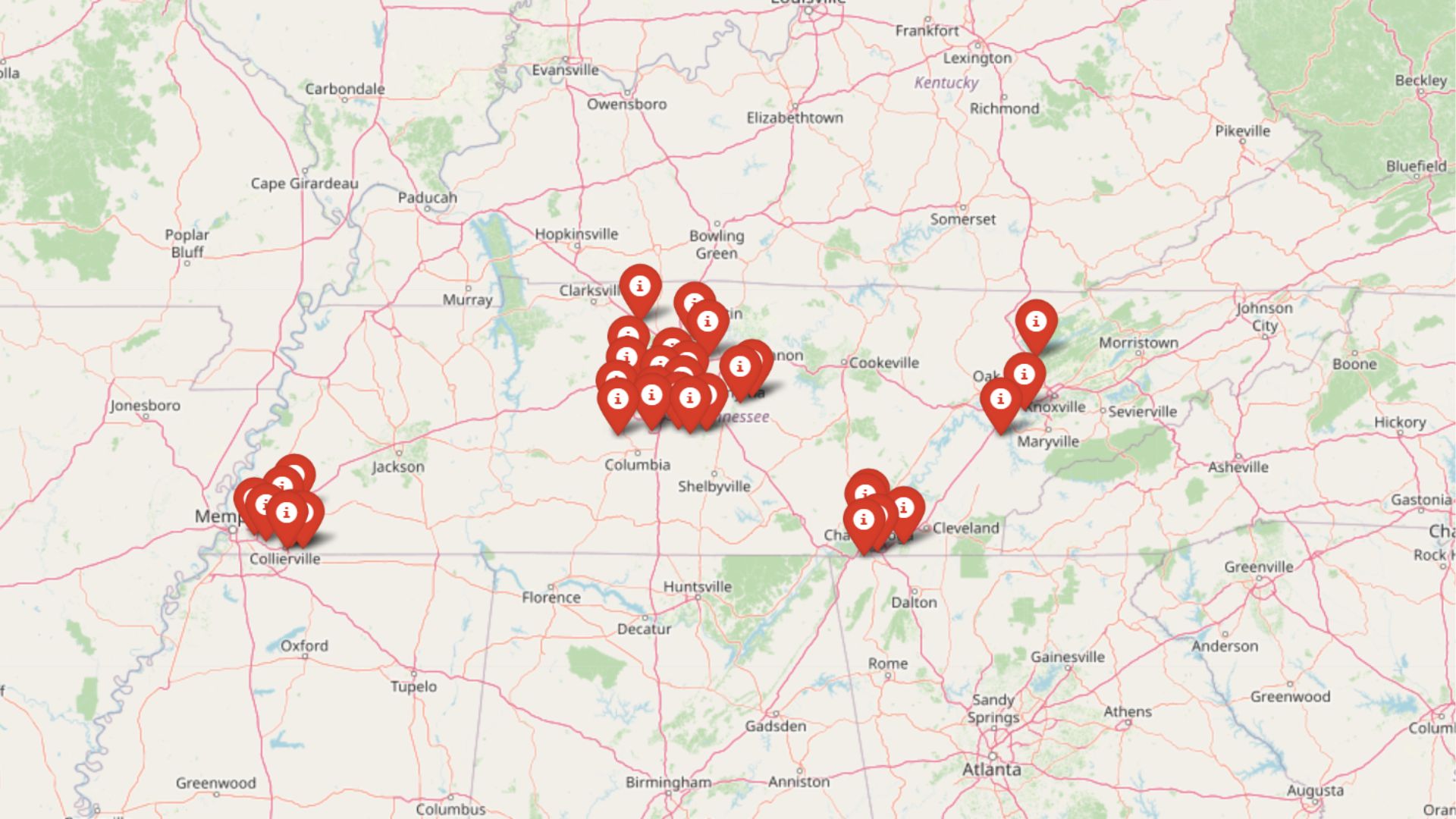
Using the latest Zillow Home Value Index data, we’ve identified the 30 most expensive towns in Oklahoma based on current home prices. These communities represent more than just high prices—they showcase Oklahoma’s premium real estate markets with strong growth potential. Each town demonstrates unique appeal through location, amenities, and consistent property value appreciation.
From exclusive Oklahoma City suburbs to scenic lake communities and historic towns, this ranking reveals where Oklahoma’s highest home values cluster. Whether you’re considering a move, evaluating investment opportunities, or simply curious about the state’s housing market, these 30 towns offer insight into Oklahoma’s most desirable and expensive residential areas.
30. Washington – 106% Home Price Increase Since 2010

- 2010: $135,300
- 2011: $129,599
- 2012: $132,075
- 2013: $135,739
- 2014: $141,663
- 2015: $147,524
- 2016: $156,212
- 2017: $159,481
- 2018: $171,923
- 2019: $178,091
- 2020: $192,646
- 2021: $219,195
- 2022: $249,086
- 2023: $266,566
- 2024: $277,151
- 2025: $278,104
Washington has demonstrated remarkable resilience with steady home price growth over 15 years. Despite early dips in 2011, the market recovered and maintained consistent upward momentum. The median home price now sits at $278,104, representing a strong doubling of value since 2010.
Why Washington?
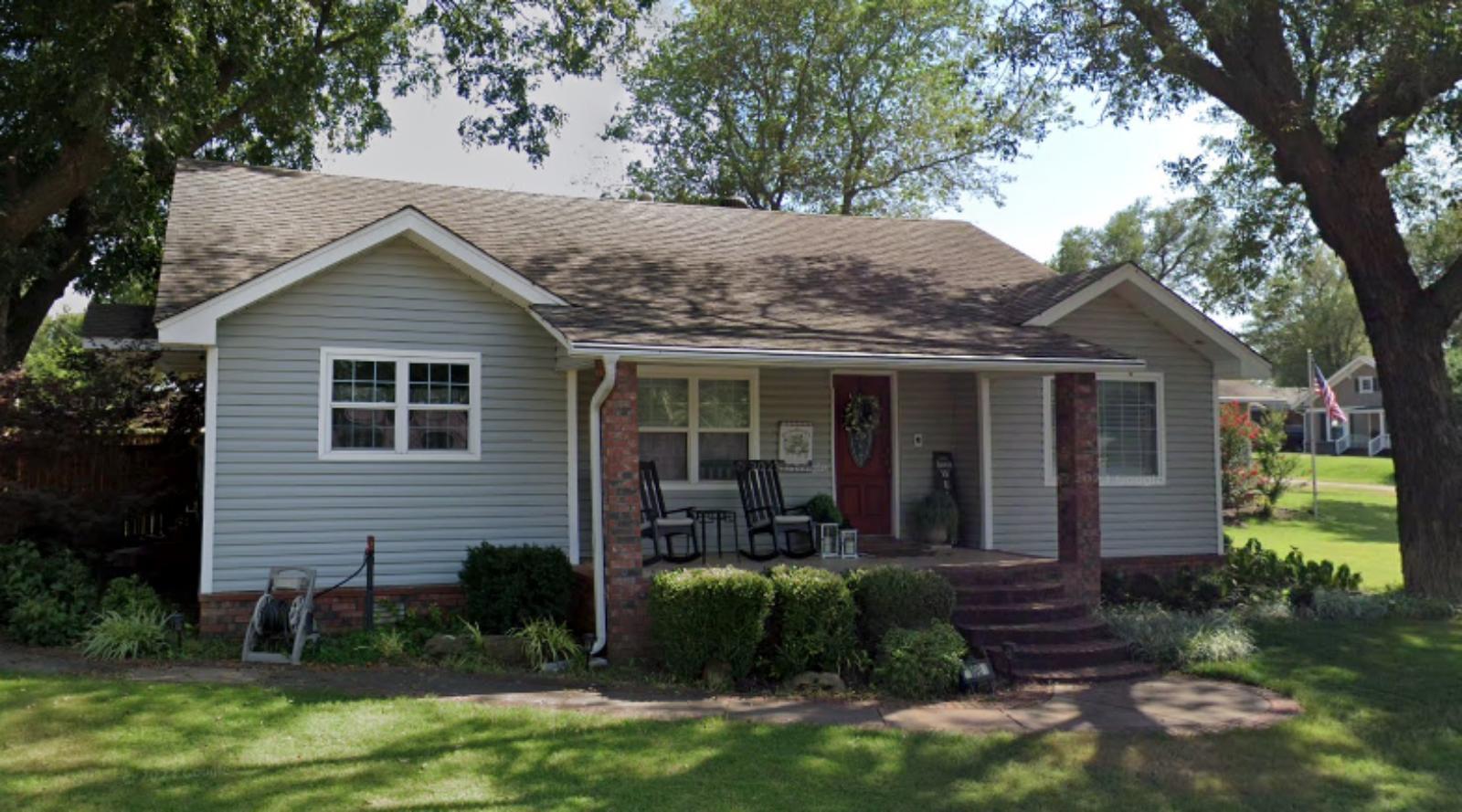
Why are people willing to pay so much to live here? What’s special about it?
Washington attracts buyers with its small-town charm and rural atmosphere while maintaining accessibility to larger metropolitan areas. Families appreciate the strong community bonds, lower crime rates, and affordable cost of living compared to urban centers. The town offers larger lots and custom home opportunities that provide excellent value for growing families.
Unlike denser suburban areas, Washington preserves its agricultural heritage while embracing modern amenities. The combination of quality schools, community events, and proximity to both Oklahoma City and Norman creates an appealing balance. Property values benefit from limited development pressure and careful growth management.
How Washington Rose to Prominence
Washington’s prominence developed from its strategic location in McClain County, serving as a bridge between Oklahoma’s rural and suburban lifestyles. Founded in the early 1900s, the community grew around agriculture and the Santa Fe Railroad, establishing itself as a regional hub. The town’s central location between Oklahoma City and Norman positioned it perfectly for future growth.
As Oklahoma City’s metropolitan area expanded southward, Washington became an attractive option for families seeking rural living with urban convenience. The town maintained its agricultural roots while welcoming new residents drawn to larger properties and small-town values. Recent decades have seen steady development of new subdivisions while preserving the community’s historic character.
3 Interesting Tidbits
1. Railroad Heritage – Washington grew up around the Atchison, Topeka, and Santa Fe Railway, with the historic depot serving as a community focal point for generations.
2. Festival Tradition – The annual Washington Founder’s Day celebration brings together hundreds of residents and visitors, showcasing local history and community spirit.
3. Agricultural Legacy – Despite residential growth, Washington maintains active farming operations within its borders, creating a unique blend of rural and suburban living.
29. Mustang – 79% Home Price Increase Since 2010

- 2010: $155,652
- 2011: $149,591
- 2012: $148,384
- 2013: $152,426
- 2014: $159,147
- 2015: $164,925
- 2016: $171,099
- 2017: $174,883
- 2018: $180,616
- 2019: $187,975
- 2020: $196,524
- 2021: $222,348
- 2022: $254,916
- 2023: $268,689
- 2024: $272,395
- 2025: $278,442
Mustang shows steady appreciation with particularly strong growth since 2020, reflecting increased demand for suburban living. The town recovered well from early 2010s challenges and built consistent momentum. Current median prices at $278,442 demonstrate the community’s growing desirability and investment potential.
Why Mustang?

Why are people willing to pay so much to live here? What’s special about it?
Mustang attracts families with its excellent public school system, consistently ranking among Oklahoma’s top districts. The community offers suburban convenience with easy access to Oklahoma City employment while maintaining a family-friendly atmosphere. Residents enjoy newer subdivisions with modern amenities and strong property maintenance standards.
The town provides an ideal balance between urban accessibility and suburban tranquility. Mustang’s strategic location in Canadian County offers shopping, dining, and recreation opportunities while avoiding big-city congestion. The community’s commitment to controlled growth helps preserve property values and neighborhood character.
How Mustang Rose to Prominence
Mustang evolved from a small farming community into one of Oklahoma’s most sought-after suburban destinations through careful planning and strategic location advantages. Originally settled in the early 1900s along the Chisholm Trail, the area remained largely agricultural until post-World War II suburban expansion. The town incorporated in 1901 but remained small until the 1970s and 1980s boom.
The community’s transformation accelerated as Oklahoma City expanded westward, making Mustang an attractive option for families seeking quality schools and newer housing. Major retail development along Interstate 40 brought shopping and employment opportunities directly to residents. The Mustang Public School District’s reputation for excellence became a primary draw for homebuyers willing to pay premium prices.
3 Interesting Tidbits
1. Bronco Pride – Named after wild horses that once roamed the area, Mustang High School’s Broncos have won multiple state championships in various sports.
2. Retail Hub – The town hosts one of Oklahoma’s largest shopping concentrations along Interstate 40, providing substantial tax revenue and employment.
3. Growth Management – Mustang has carefully managed its expansion, requiring developers to meet high standards for infrastructure and community amenities.
28. Collinsville – 74% Home Price Increase Since 2010

- 2010: $160,144
- 2011: $150,270
- 2012: $150,315
- 2013: $152,750
- 2014: $157,432
- 2015: $163,641
- 2016: $168,252
- 2017: $175,071
- 2018: $177,584
- 2019: $182,705
- 2020: $192,673
- 2021: $219,760
- 2022: $257,604
- 2023: $265,694
- 2024: $271,760
- 2025: $279,188
Collinsville experienced steady recovery from early 2010s market conditions and has shown consistent growth momentum. The community’s median home price of $279,188 reflects strong market fundamentals and increasing buyer interest. Recent years demonstrate accelerating appreciation as demand outpaces supply in this desirable Tulsa suburb.
Why Collinsville?

Why are people willing to pay so much to live here? What’s special about it?
Collinsville appeals to buyers seeking small-town character within commuting distance of Tulsa’s job market. The community offers excellent value with larger lots, newer construction, and strong schools while avoiding big-city traffic and congestion. Families appreciate the safe neighborhoods, community events, and outdoor recreation opportunities.
The town combines rural charm with modern conveniences, featuring well-maintained public facilities and growing retail options. Collinsville’s location in Rogers County provides easy highway access to Tulsa while maintaining affordable property taxes and cost of living. The community’s careful growth planning helps preserve property values and neighborhood quality.
How Collinsville Rose to Prominence
Collinsville developed as a railroad town in the early 1900s, serving as a shipping point for agricultural products and oil field supplies. The community grew around the Missouri-Kansas-Texas Railroad, with the depot serving as the town’s commercial center. Early prosperity came from nearby oil discoveries and fertile farmland that supported diverse agriculture.
The town’s modern renaissance began in the 1980s and 1990s as Tulsa’s metropolitan area expanded northward, making Collinsville an attractive suburban alternative. Major highway improvements enhanced access to Tulsa employment centers while preserving the community’s small-town atmosphere. The arrival of new retail development and housing subdivisions transformed Collinsville into a thriving bedroom community.
3 Interesting Tidbits
1. Hornet Heritage – Collinsville High School’s Hornets have a strong athletic tradition, particularly in football and wrestling, with multiple state championship appearances.
2. Historic Downtown – The original downtown area features preserved buildings from the early 1900s railroad era, creating a charming historic district.
3. Community Events – The annual Collinsville Homecoming celebration draws thousands of visitors and alumni back to celebrate the town’s heritage and school spirit.
27. Broken Arrow – 74% Home Price Increase Since 2010

- 2010: $163,637
- 2011: $155,431
- 2012: $156,391
- 2013: $159,831
- 2014: $163,038
- 2015: $169,755
- 2016: $173,842
- 2017: $180,212
- 2018: $183,671
- 2019: $188,169
- 2020: $199,337
- 2021: $229,700
- 2022: $267,071
- 2023: $272,387
- 2024: $278,297
- 2025: $284,672
Broken Arrow demonstrates consistent upward price momentum with particularly strong acceleration since 2020. The current median price of $284,672 represents solid appreciation over 15 years. This Tulsa suburb has maintained steady growth despite early market challenges, reflecting strong underlying demand and community appeal.
Why Broken Arrow?
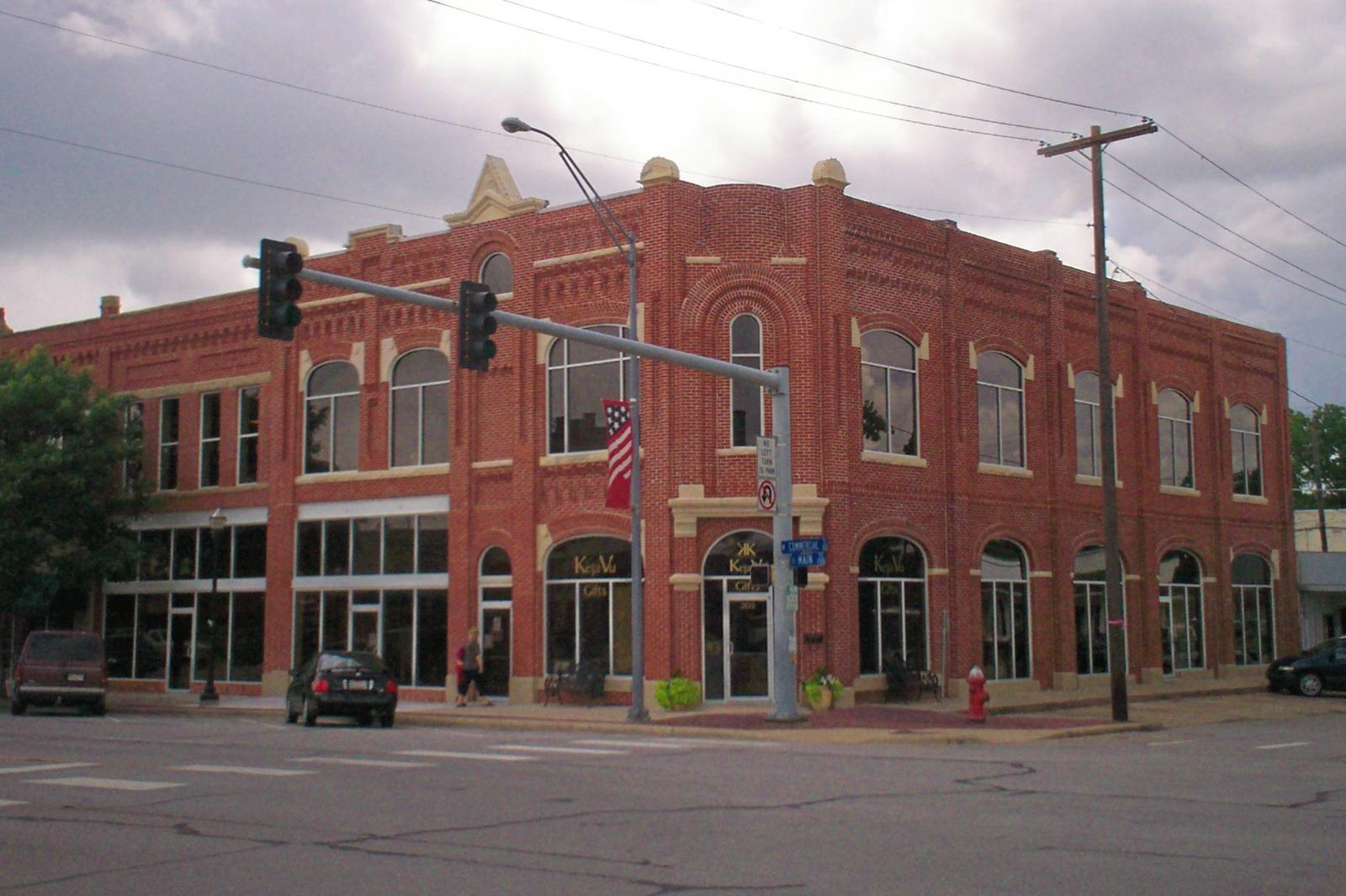
Why are people willing to pay so much to live here? What’s special about it?
Broken Arrow attracts residents with its reputation as one of Oklahoma’s premier family communities, featuring top-rated schools and excellent municipal services. The city offers a perfect blend of suburban amenities and small-town values with easy access to Tulsa employment and entertainment. Residents enjoy well-maintained neighborhoods, numerous parks, and strong community involvement.
The community provides excellent value with newer housing developments, quality infrastructure, and low crime rates that justify premium pricing. Broken Arrow’s strategic location in Tulsa and Wagoner counties offers diverse housing options while maintaining consistent property appreciation. The city’s commitment to parks, recreation, and youth programs creates an attractive environment for families.
How Broken Arrow Rose to Prominence
Broken Arrow transformed from a small Creek Nation settlement into one of Oklahoma’s most desirable suburban communities through strategic planning and consistent quality development. Named after a Creek tribal symbol, the area remained largely rural until the 1960s when Tulsa’s suburban expansion reached the community. The city’s incorporation in 1902 preceded significant growth by decades.
The community’s rise accelerated during the 1970s and 1980s oil boom, attracting families seeking quality schools and suburban lifestyle within Tulsa’s sphere of influence. Major retail development along the Broken Arrow Expressway enhanced the city’s appeal and convenience. The Broken Arrow Public School District’s excellence became a primary driver of residential demand and property values.
3 Interesting Tidbits
1. Creek Heritage – The city name honors the Creek Nation’s historic presence, with several local landmarks commemorating Native American history.
2. Sports Excellence – Broken Arrow High School athletics, particularly football and soccer, consistently rank among Oklahoma’s elite programs with numerous state championships.
3. Festival City – The annual Rooster Days Festival draws over 100,000 visitors, making it one of Oklahoma’s largest community celebrations.
26. Oologah – 80% Home Price Increase Since 2010

- 2010: $158,776
- 2011: $156,501
- 2012: $147,579
- 2013: $151,114
- 2014: $154,572
- 2015: $159,843
- 2016: $168,736
- 2017: $172,692
- 2018: $178,631
- 2019: $186,581
- 2020: $194,441
- 2021: $231,540
- 2022: $264,581
- 2023: $272,176
- 2024: $278,147
- 2025: $286,473
Oologah shows strong recovery from 2012 market lows with accelerating growth in recent years. The median home price of $286,473 represents impressive 80% appreciation since 2010. This lakefront community has benefited from increased demand for waterfront and recreational properties near Tulsa.
Why Oologah?

Why are people willing to pay so much to live here? What’s special about it?
Oologah attracts buyers seeking lakefront living with proximity to Tulsa’s employment and cultural opportunities. The community offers unique access to Oologah Lake recreation, including boating, fishing, and water sports that create resort-like lifestyle opportunities. Residents enjoy larger properties and custom homes while maintaining small-town community connections.
The town provides excellent value for waterfront and near-water properties compared to other lake communities in Oklahoma and surrounding states. Oologah’s location offers easy commuter access to both Tulsa and northeastern Oklahoma employment centers. The community’s careful development standards help preserve property values and natural beauty around the lake.
How Oologah Rose to Prominence
Oologah gained prominence as both a historic Cherokee community and the birthplace of humorist Will Rogers, creating lasting cultural significance that attracts residents and visitors. The town’s location along the Verdigris River made it an important trading post and river crossing in the late 1800s. The construction of Oologah Dam in 1963 created the lake that transformed the community’s recreational appeal.
The lake’s creation brought new residents seeking waterfront properties and recreational opportunities within commuting distance of Tulsa. Tourism related to Will Rogers’ legacy and the lake’s natural beauty helped establish Oologah as a desirable residential destination. Recent decades have seen steady development of lake-area subdivisions and custom homes that capitalize on water access and scenic views.
3 Interesting Tidbits
1. Will Rogers Heritage – The town is the birthplace of beloved humorist Will Rogers, with a museum and memorial preserving his legacy and attracting thousands of visitors annually.
2. Lake Recreation – Oologah Lake covers 29,500 acres and offers some of Oklahoma’s premier fishing, particularly for bass, crappie, and catfish.
3. Cherokee History – The community name comes from the Cherokee word “Oo-loo-gah” meaning “dark cloud,” reflecting the area’s Native American heritage.
25. Medicine Park – 143% Home Price Increase Since 2010

- 2010: $118,142
- 2011: $127,836
- 2012: $131,845
- 2013: $134,198
- 2014: $143,871
- 2015: $139,730
- 2016: $147,271
- 2017: $151,863
- 2018: $172,012
- 2019: $187,438
- 2020: $187,010
- 2021: $215,738
- 2022: $238,824
- 2023: $254,074
- 2024: $281,375
- 2025: $287,558
Medicine Park shows exceptional growth with 143% appreciation since 2010, making it one of Oklahoma’s fastest-appreciating markets. The current median price of $287,558 reflects strong demand for this unique resort-style community. Recent acceleration demonstrates the town’s growing recognition as a premium destination.
Why Medicine Park?

Why are people willing to pay so much to live here? What’s special about it?
Medicine Park offers a one-of-a-kind lifestyle combining natural beauty, historic charm, and recreational opportunities that justify premium pricing. The town features unique cobblestone architecture and sits along Medicine Creek with access to the Wichita Mountains Wildlife Refuge. Residents enjoy a resort-like atmosphere with hiking, fishing, and outdoor activities at their doorstep.
The community provides an escape from urban living while maintaining modern amenities and services that attract retirees, vacation home buyers, and remote workers. Medicine Park’s artistic community and cultural events create a vibrant small-town atmosphere unlike anywhere else in Oklahoma. The town’s commitment to preserving its historic character while embracing tourism helps maintain property values.
How Medicine Park Rose to Prominence
Medicine Park was founded in 1908 as Oklahoma’s first resort town, designed to take advantage of natural springs and scenic beauty in the Wichita Mountains. The town’s unique cobblestone architecture, created from local fieldstone, established its distinctive character that attracts visitors and residents today. Early development included hotels, bathhouses, and recreational facilities that catered to health-seeking tourists.
The community experienced decline during the mid-20th century but began renaissance in the 1990s as tourism and outdoor recreation gained popularity. Careful restoration of historic buildings and development of new recreational amenities transformed Medicine Park into a sought-after destination. The town’s proximity to Fort Sill and Lawton provides a stable economic base while tourism and outdoor recreation drive residential demand.
3 Interesting Tidbits
1. Cobblestone Architecture – Medicine Park features Oklahoma’s largest collection of cobblestone buildings, constructed from native Wichita Mountain fieldstone in the early 1900s.
2. Wildlife Refuge Access – The town provides gateway access to the 59,020-acre Wichita Mountains Wildlife Refuge, home to free-roaming bison, elk, and prairie dogs.
3. Historic Resort – Originally developed as a health resort featuring natural springs, Medicine Park was Oklahoma’s first planned resort community.
24. Elgin – 58% Home Price Increase Since 2010

- 2010: $182,731
- 2011: $181,081
- 2012: $180,906
- 2013: $182,749
- 2014: $185,821
- 2015: $188,502
- 2016: $190,633
- 2017: $190,982
- 2018: $195,138
- 2019: $202,951
- 2020: $206,252
- 2021: $230,168
- 2022: $260,995
- 2023: $270,350
- 2024: $276,941
- 2025: $288,383
Elgin demonstrates steady appreciation with moderate but consistent growth over 15 years. The current median price of $288,383 shows strong market stability and gradual value appreciation. This community has maintained steady demand despite starting from a higher baseline than many Oklahoma towns.
Why Elgin?
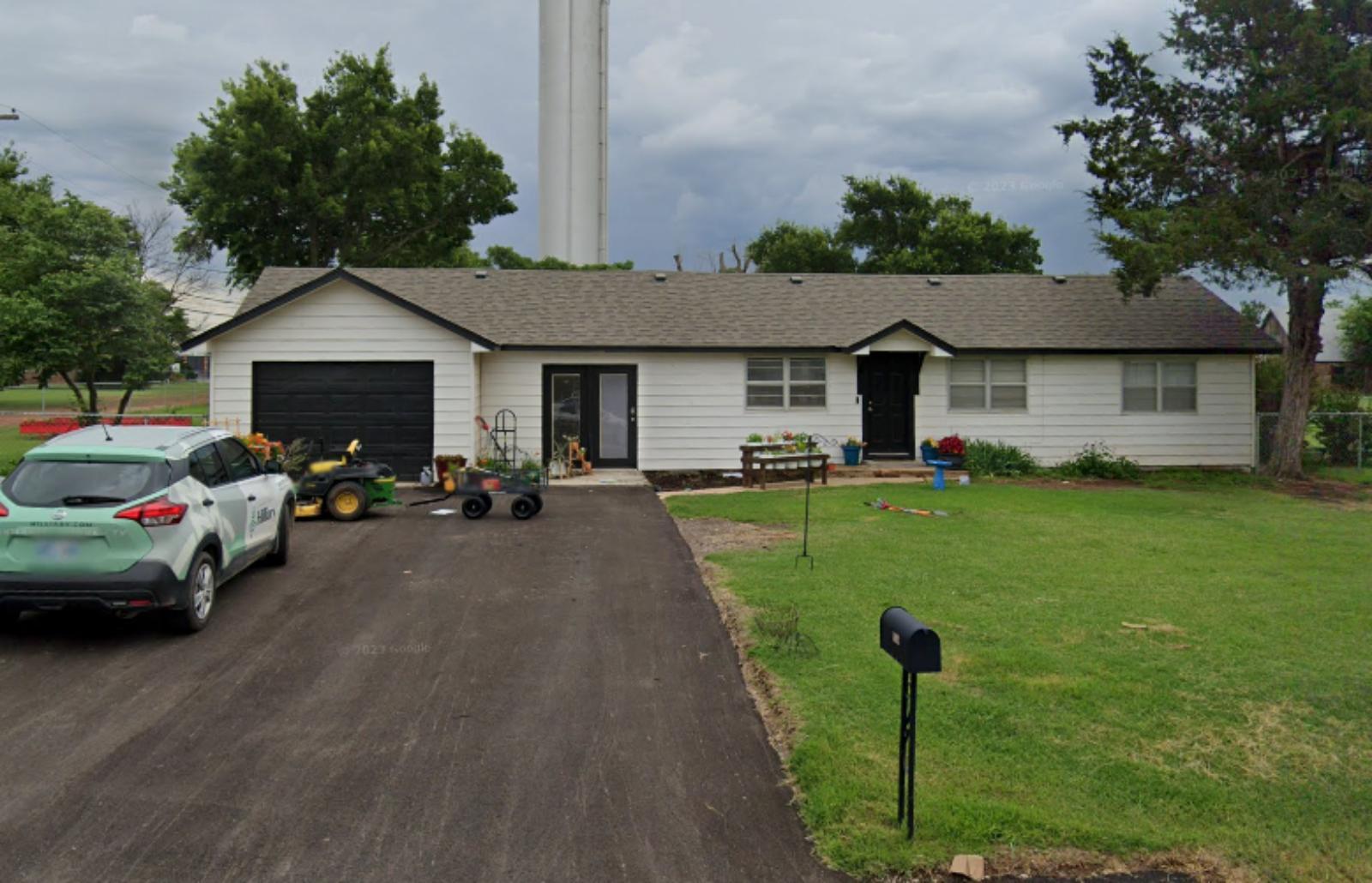
Why are people willing to pay so much to live here? What’s special about it?
Elgin attracts residents seeking rural living with urban accessibility, offering larger properties and agricultural lifestyle within commuting distance of Oklahoma City. The community provides excellent value for families wanting custom homes, horse properties, and agricultural opportunities while maintaining reasonable access to metropolitan amenities. Residents appreciate the strong sense of community and small-town values.
The town offers a unique blend of rural charm and modern convenience that appeals to families seeking alternatives to suburban cookie-cutter developments. Elgin’s location in Comanche County provides access to military employment at Fort Sill while maintaining agricultural heritage. The community’s careful approach to development helps preserve rural character and property values.
How Elgin Rose to Prominence
Elgin developed as a farming community in the early 1900s, serving agricultural interests in Comanche County while maintaining connections to military installations and Lawton’s commercial center. The town’s location along major transportation routes made it an important stop for agricultural shipping and commerce. Early settlers were drawn to fertile soil and reliable water sources that supported diverse farming operations.
The community’s growth accelerated with proximity to Fort Sill and Lawton’s expansion, providing stable employment opportunities for military families and civilian contractors. Elgin became attractive to buyers seeking larger properties and rural lifestyle while maintaining access to military and civilian employment. Recent decades have seen development of residential subdivisions and custom home sites that appeal to families wanting space and privacy.
3 Interesting Tidbits
1. Agricultural Heritage – Elgin remains an active farming community with cattle ranching, wheat production, and other agricultural operations maintaining the town’s rural character.
2. Fort Sill Connection – The community’s proximity to Fort Sill provides a stable economic base and attracts military families seeking off-base housing with room to grow.
3. Rural Development – Elgin has successfully balanced new residential development with preservation of agricultural land and rural lifestyle opportunities.
23. Grove – 100% Home Price Increase Since 2010

- 2010: $146,931
- 2011: $143,312
- 2012: $147,972
- 2013: $151,342
- 2014: $160,004
- 2015: $158,924
- 2016: $162,773
- 2017: $162,781
- 2018: $170,179
- 2019: $175,028
- 2020: $186,705
- 2021: $231,573
- 2022: $272,245
- 2023: $275,334
- 2024: $284,836
- 2025: $293,134
Grove achieved perfect 100% appreciation since 2010, doubling home values over 15 years. The median price of $293,134 reflects strong demand for this lakefront community. Particularly notable acceleration since 2020 demonstrates Grove’s growing appeal as a recreational and residential destination.
Why Grove?
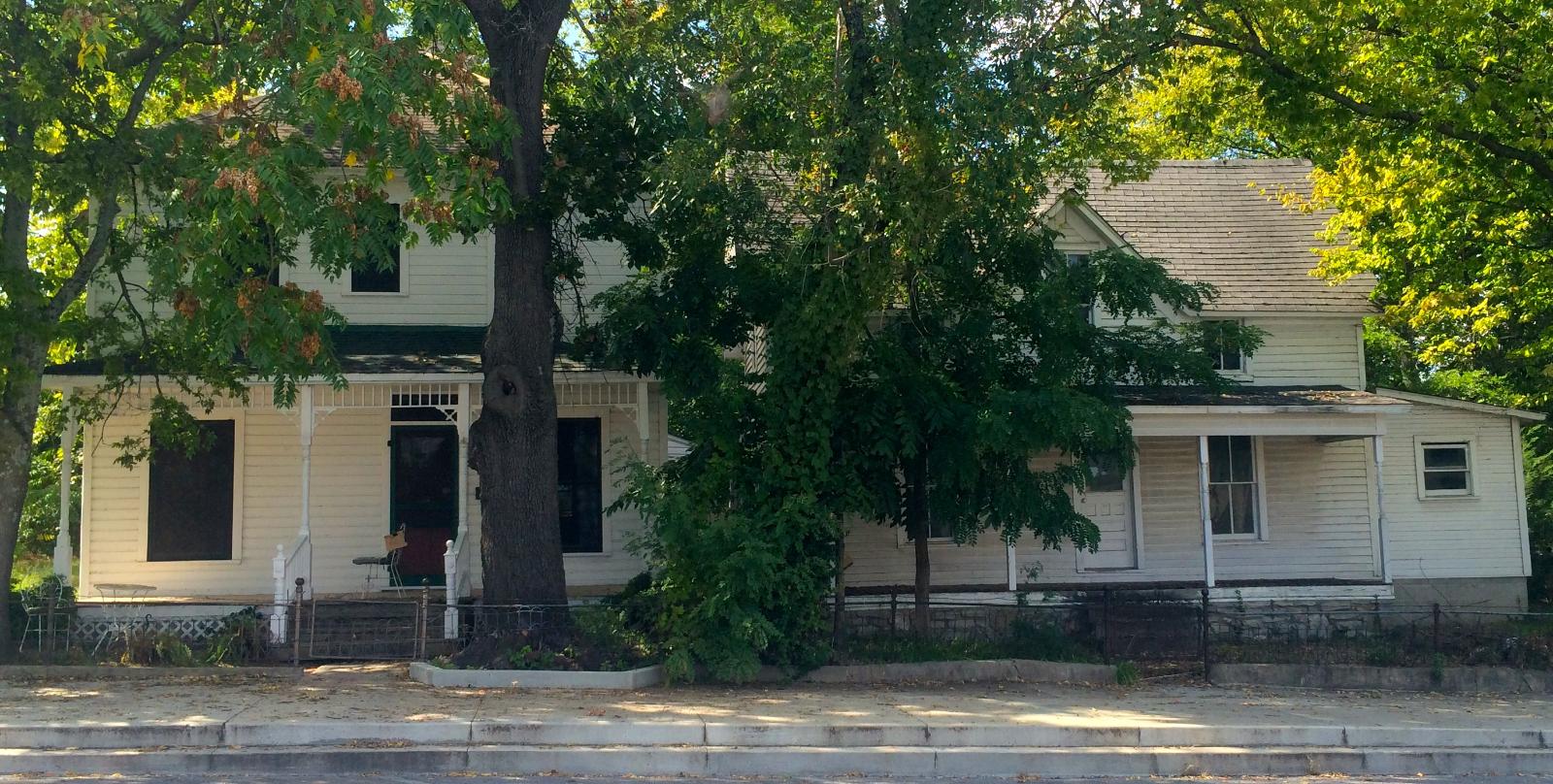
Why are people willing to pay so much to live here? What’s special about it?
Grove attracts buyers seeking premier lake living on Grand Lake O’ the Cherokees, one of Oklahoma’s most popular recreational destinations. The community offers excellent water access, marina facilities, and recreational opportunities that create a resort-like living experience year-round. Residents enjoy a unique blend of retirement-friendly amenities and family recreation in a scenic lakefront setting.
The town provides exceptional value for waterfront properties compared to similar lake communities in Arkansas, Missouri, and Texas. Grove’s location offers easy highway access to Tulsa and northwest Arkansas employment centers while maintaining affordable property taxes and cost of living. The community’s tourism infrastructure and recreational amenities enhance quality of life for full-time residents.
How Grove Rose to Prominence
Grove developed as a lake community following the creation of Grand Lake O’ the Cherokees in 1940, transforming from a small farming town into Oklahoma’s premier lakefront destination. The lake’s construction by the Army Corps of Engineers created 46,500 surface acres of water and 1,300 miles of shoreline that attracted recreational development. Early resort development established Grove as northeastern Oklahoma’s vacation headquarters.
The community’s growth accelerated during the 1970s and 1980s as lake recreation gained popularity and retirees discovered Grove’s appeal as a year-round residence. Major marina and resort development created employment opportunities while attracting permanent residents seeking lakefront lifestyle. Recent decades have seen Grove evolve from seasonal recreation to a thriving year-round community with diverse housing options.
3 Interesting Tidbits
1. Grand Lake Paradise – Grove sits on Grand Lake O’ the Cherokees, which covers 46,500 acres and is considered one of Oklahoma’s most beautiful and popular lakes.
2. Marina Capital – The town hosts numerous full-service marinas and is headquarters for several major boat manufacturers and marine service companies.
3. Retirement Haven – Grove has become a premier retirement destination, consistently ranking among the most affordable lake communities for retirees in the central United States.
22. Newcastle – 83% Home Price Increase Since 2010

- 2010: $160,352
- 2011: $156,311
- 2012: $161,207
- 2013: $168,065
- 2014: $175,205
- 2015: $182,527
- 2016: $186,079
- 2017: $189,833
- 2018: $196,934
- 2019: $204,906
- 2020: $215,644
- 2021: $246,310
- 2022: $283,059
- 2023: $287,632
- 2024: $289,185
- 2025: $294,128
Newcastle’s home values have nearly doubled since 2010, with the sharpest gains during 2021–2022. Prices kept edging higher after that surge, though at a calmer pace. By 2025, the median reached $294,128, signaling steady demand in this growing OKC-area suburb.
Why Newcastle?

Why are people willing to pay so much to live here? What’s special about it?
Residents get small-town space with quick access to Oklahoma City jobs. Larger lots, newer subdivisions, and easy highway links appeal to move-up buyers. Local services have grown alongside retail and dining, adding everyday convenience.
Outdoor options are close, from the Canadian River corridor to nearby lakes and parks. Schools and youth activities give families a clear value proposition. All of that supports stable demand and rising resale confidence.
How Newcastle Rose to Prominence
Newcastle began as a rural community southwest of the metro, tied to agriculture and trade routes. As OKC expanded, the town’s open land made room for subdivisions and custom homes. Commercial nodes followed rooftops, creating today’s commuter-friendly base.
Proximity to Moore and Norman broadened work, healthcare, and education options. Ongoing infrastructure improvements kept daily travel manageable. The result is a classic bedroom community with room to grow.
3 Interesting Tidbits
- Commuter Hub – Sits just across the Canadian River from the OKC core, with quick links via US-62/277.
- Room to Build – Subdivision and acreage options coexist, giving buyers varied choices by budget and lifestyle.
- Active Youth Sports – Strong participation in community leagues helps knit neighborhoods together.
21. Porter – 82% Home Price Increase Since 2010

- 2010: $161,442
- 2011: $158,338
- 2012: $156,012
- 2013: $153,917
- 2014: $156,060
- 2015: $163,171
- 2016: $173,011
- 2017: $178,374
- 2018: $179,971
- 2019: $200,152
- 2020: $218,849
- 2021: $249,786
- 2022: $277,126
- 2023: $260,721
- 2024: $277,210
- 2025: $294,470
Home values in Porter climbed steadily after 2015, accelerating through 2022. A brief dip in 2023 gave way to fresh highs in 2024–2025. The 2025 median of $294,470 underscores resilient demand in this small community east of Tulsa.
Why Porter?
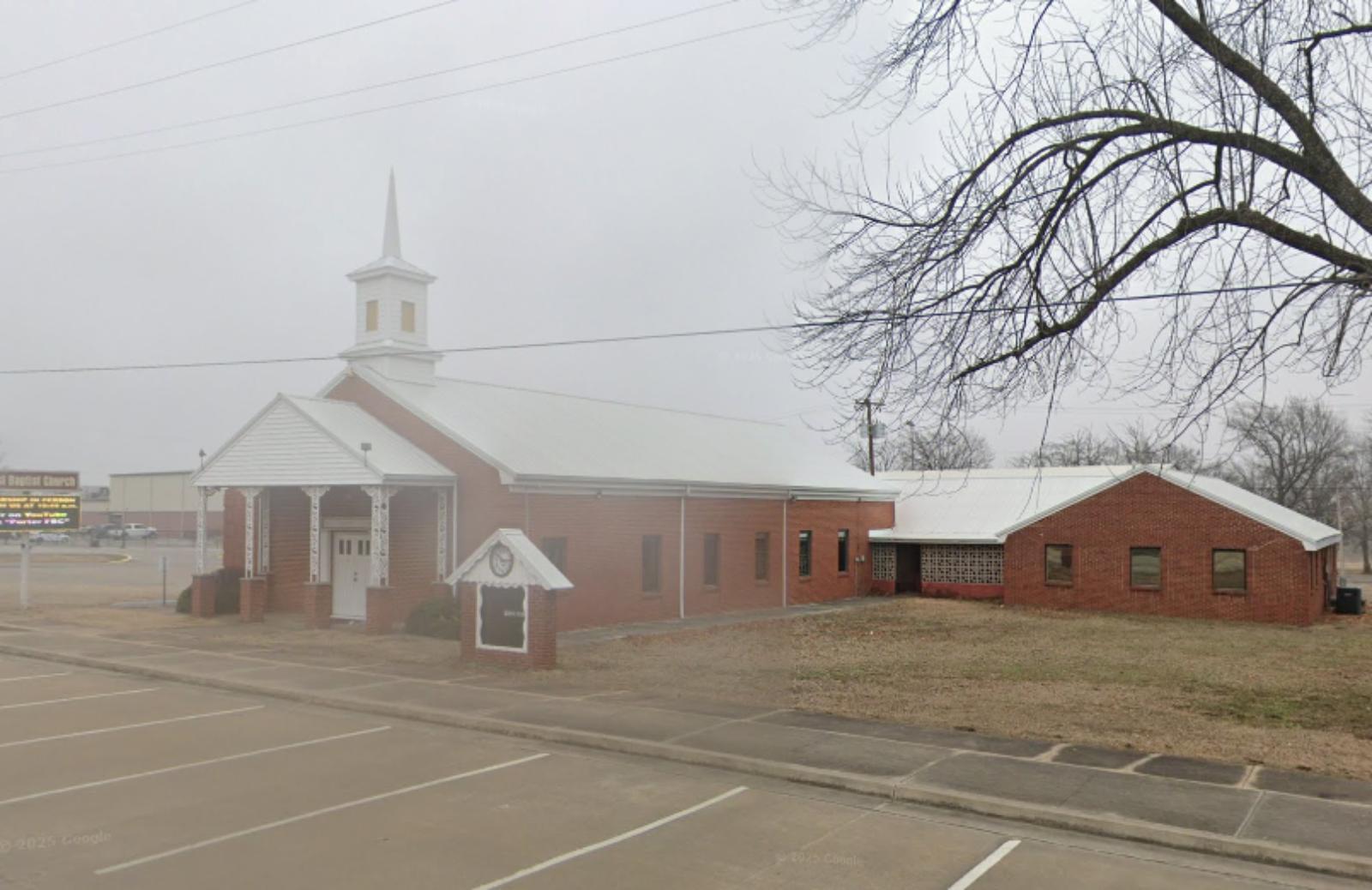
Why are people willing to pay so much to live here? What’s special about it?
Porter blends country living with access to Tulsa and Muskogee jobs. Quiet streets, open space, and local traditions appeal to long-time residents and newcomers alike. Buyers like the balance of affordability and elbow room.
Seasonal farm stands and community events strengthen small-town identity. Proximity to lakes and rivers adds weekend recreation. Those quality-of-life perks help support stable pricing.
How Porter Rose to Prominence
The town grew up around agriculture and rail-era trade, keeping a strong orchard culture. As the Tulsa region prospered, Porter’s rural setting became attractive to commuters. Infill homes and small developments added modern inventory without losing its roots.
Improved roads made daily drives easier while preserving the town’s pace. Local businesses adapted to serve a broader customer base. That mix of heritage and convenience helped values rise.
3 Interesting Tidbits
- Peach Pride – Porter is widely known for its summertime peach celebration and orchards.
- Easy Escapes – Quick drives to Fort Gibson Lake and other nearby waters for fishing and boating.
- Small-Scale Living – Many homes sit on larger lots than typical suburban tracts.
20. Cole – 115% Home Price Increase Since 2010

- 2010: $137,653
- 2011: $133,434
- 2012: $135,825
- 2013: $142,498
- 2014: $147,892
- 2015: $160,687
- 2016: $162,196
- 2017: $167,916
- 2018: $177,417
- 2019: $184,145
- 2020: $198,636
- 2021: $243,054
- 2022: $271,715
- 2023: $285,449
- 2024: $294,527
- 2025: $295,970
Cole’s values more than doubled since 2010, with the biggest jump in 2021–2022. Momentum continued, though gains slowed after 2023. The 2025 median of $295,970 reflects durable buyer interest in acreage and privacy.
Why Cole?
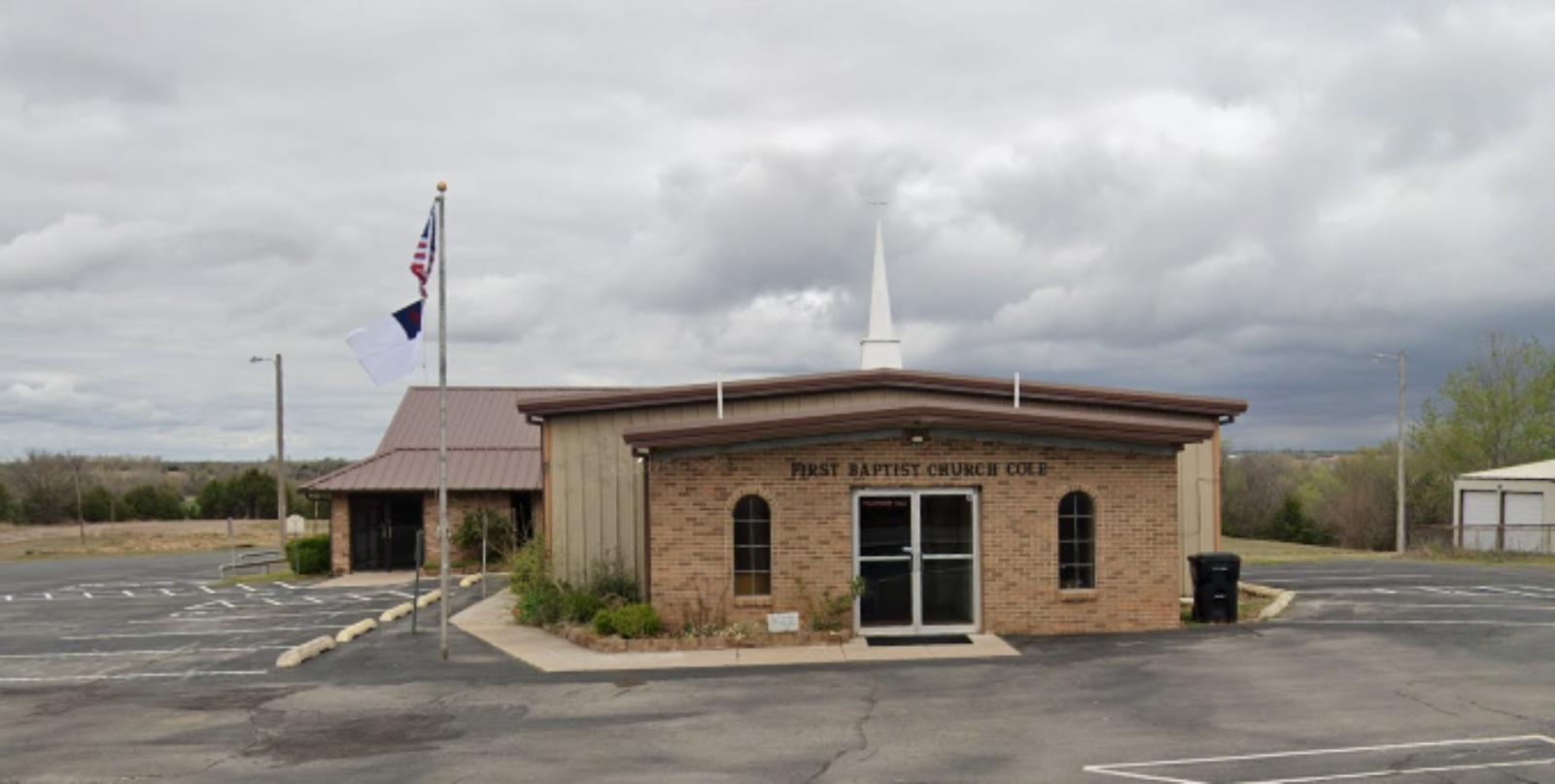
Why are people willing to pay so much to live here? What’s special about it?
Buyers come for land, space, and quiet. Properties often include shops, barns, or room for hobbies. It’s a practical choice for people who want distance from dense suburbs.
Yet regional jobs and services remain reachable by highway. Outdoor recreation and rural views sweeten daily life. That combination keeps demand steady across market cycles.
How Cole Rose to Prominence
Historically agricultural, Cole offered large parcels as the metro spread south. Custom builds and manufactured-home upgrades broadened the housing stock. As telework grew, more buyers could choose rural addresses without losing careers.
Improved utilities and service coverage made living outside town centers easier. Word-of-mouth and repeat local builders reinforced the trend. Over time, prices tracked the area’s rising appeal.
3 Interesting Tidbits
- Acreage Appeal – Many homes sit on multi-acre tracts ideal for workshops and equipment.
- Starry Nights – Low light pollution makes for great skywatching on clear evenings.
- DIY Culture – Outbuildings and hobby farms are common conversation starters.
19. Bennington – 251% Home Price Increase Since 2010

- 2010: $84,517
- 2011: $86,714
- 2012: $94,062
- 2013: $99,765
- 2014: $105,219
- 2015: $110,822
- 2016: $122,090
- 2017: $126,648
- 2018: $139,782
- 2019: $147,972
- 2020: $162,162
- 2021: $209,915
- 2022: $268,680
- 2023: $278,353
- 2024: $289,501
- 2025: $296,871
Bennington posted one of the largest percentage gains on this list. Values climbed steadily for a decade, then surged after 2020. By 2025, the median reached $296,871, more than tripling since 2010.
Why Bennington?
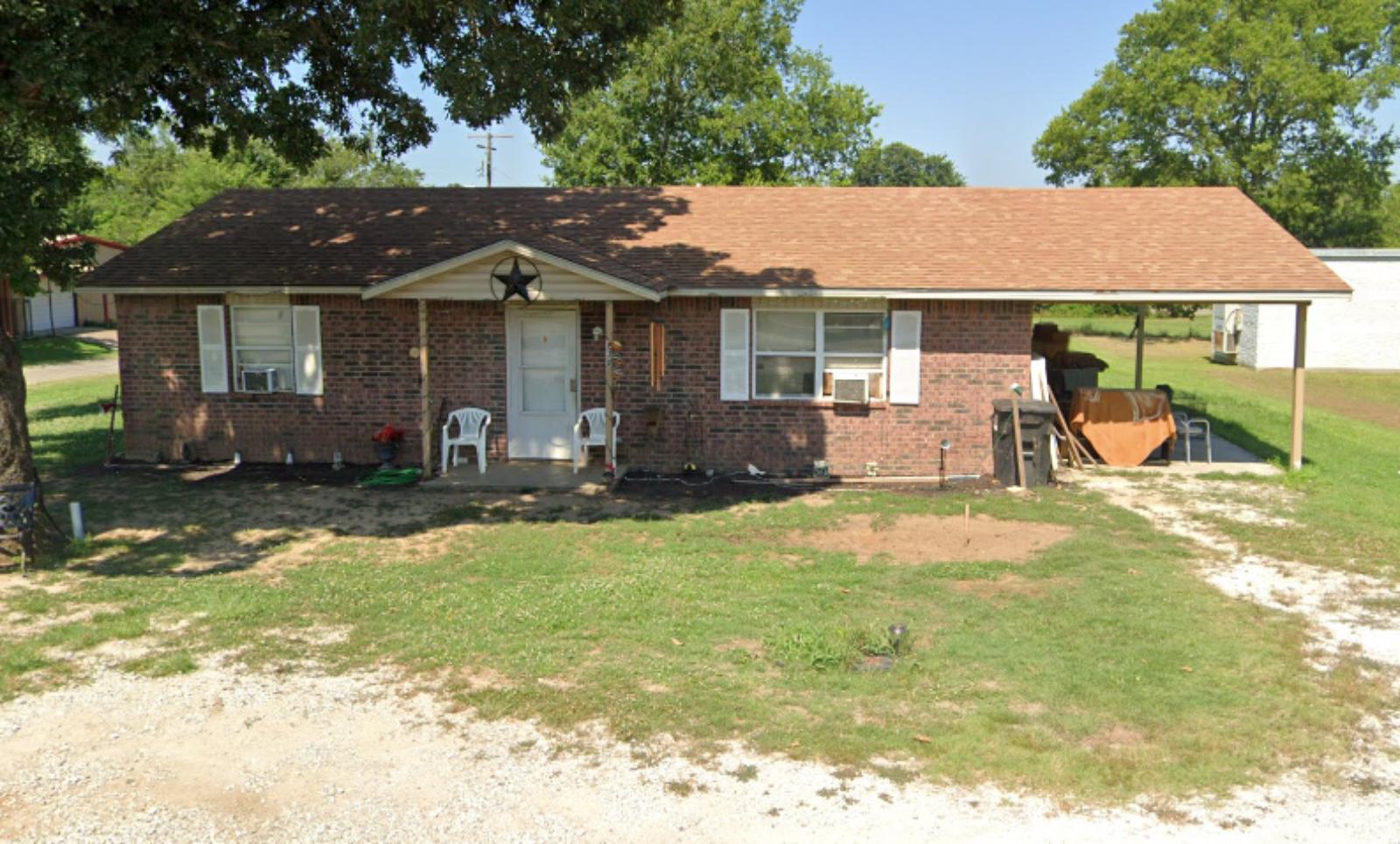
Why are people willing to pay so much to live here? What’s special about it?
Quiet roads and open country define daily life. Lower starting prices gave buyers room to upgrade homes and land. Community ties and slower pace attract long-term residents.
Access to regional employers has gradually improved. Outdoor options, hunting, and nearby lakes add weekend variety. With limited inventory, each new listing draws strong interest.
How Bennington Rose to Prominence
Originally a farming hub, the town kept costs low and ownership attainable. As remote work expanded, more buyers looked beyond major highways. Renovations and new builds steadily lifted the quality of housing stock.
Local services expanded to meet new demand. Word spread about value for money and room to spread out. The compounding effect shows in today’s pricing.
3 Interesting Tidbits
- Rural Roots – Agriculture still shapes local routines and seasonal rhythms.
- Big Jumps – Percentage gains look large because 2010 prices were especially low.
- Weekend Draws – Lakes and wildlife areas lie within an easy drive.
18. Springer – 98% Home Price Increase Since 2015

- 2010: N/A
- 2011: N/A
- 2012: N/A
- 2013: N/A
- 2014: N/A
- 2015: $151,021
- 2016: $157,740
- 2017: $164,945
- 2018: $173,856
- 2019: $175,941
- 2020: $188,463
- 2021: $235,090
- 2022: $284,456
- 2023: $289,234
- 2024: $297,720
- 2025: $298,677
Springer’s data series starts in 2015 and nearly doubles by 2025. The largest leap came in 2021–2022, with values holding near record highs since. The 2025 median of $298,677 shows demand staying power in this small market.
Why Springer?

Why are people willing to pay so much to live here? What’s special about it?
Springer offers quiet streets near major outdoor attractions. Residents enjoy access to regional trails, lakes, and scenic drives. It’s a calm base with recreation close at hand.
Homes often sit on larger lots than city options. Commuters can reach Ardmore and I-35 quickly. That mix keeps interest steady even as prices rise.
How Springer Rose to Prominence
The town’s position near the Arbuckle foothills and Lake Murray boosted its appeal. As nearby job centers grew, Springer provided a laid-back alternative. New construction and renovations improved overall housing quality.
Better road links trimmed drive times to services and shopping. Word-of-mouth helped draw buyers seeking space and nature. Those shifts show up clearly in post-2020 pricing.
3 Interesting Tidbits
- Outdoor Gateway – Close to Lake Murray State Park and regional campgrounds.
- Small-Town Pace – Limited traffic and local events define daily life.
- Lot Size – Many properties include roomy yards for projects and pets.
17. Forest Park – 91% Home Price Increase Since 2010

- 2010: $156,979
- 2011: $156,028
- 2012: $158,454
- 2013: $164,744
- 2014: $179,364
- 2015: $193,583
- 2016: $191,167
- 2017: $193,723
- 2018: $205,307
- 2019: $211,610
- 2020: $221,342
- 2021: $254,347
- 2022: $289,419
- 2023: $295,404
- 2024: $289,775
- 2025: $299,762
Forest Park values rose steadily through the 2010s, then jumped after 2020. A small 2024 dip was followed by a new high in 2025. The town’s near-metro location and mature neighborhoods support that long run-up.
Why Forest Park?
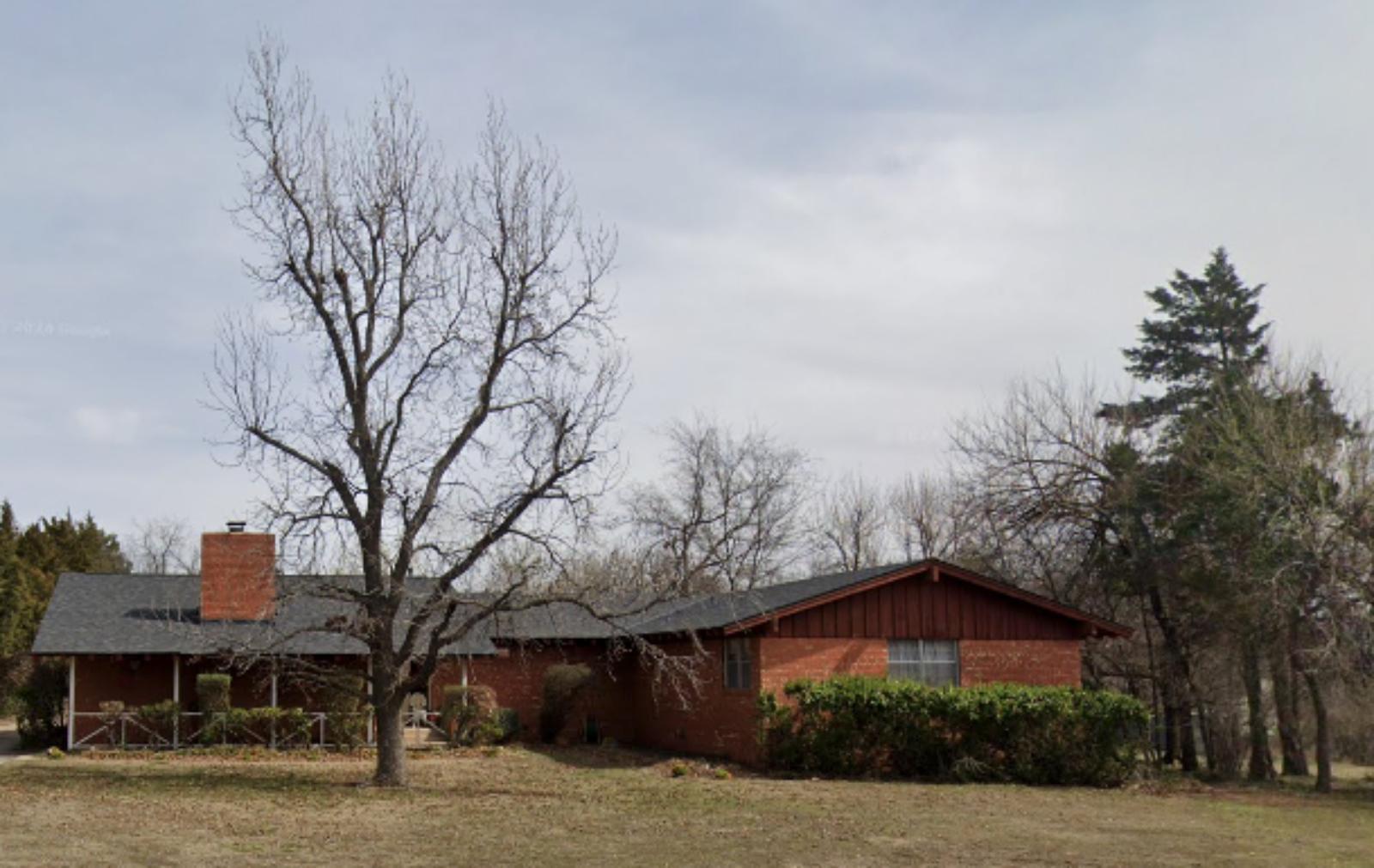
Why are people willing to pay so much to live here? What’s special about it?
Tree-lined streets and roomy lots give a tucked-away feel near Oklahoma City. Buyers value quiet blocks, established homes, and quick access to urban amenities. It’s an easy place to enjoy both privacy and convenience.
Parks, trails, and local community groups add to the appeal. Short commutes keep work and entertainment within easy reach. These lifestyle wins translate into strong housing demand.
How Forest Park Rose to Prominence
Developed as a leafy enclave, the town long attracted professionals seeking calm near the city. Renovations and selective infill kept the housing stock competitive. Regional job growth after 2010 widened the buyer pool.
Transportation corridors nearby improved access to the broader metro. As prices rose in neighboring areas, Forest Park’s value proposition became clearer. The 2021–2023 surge captured that shift.
3 Interesting Tidbits
- Leafy Setting – Known for mature trees and larger lots compared with denser suburbs.
- Near the Action – Quick trips to downtown OKC, medical centers, and venues.
- Steady Resale – Limited inventory often brings strong interest when homes hit the market.
16. Choctaw – 82% Home Price Increase Since 2010

- 2010: $165,626
- 2011: $161,684
- 2012: $159,685
- 2013: $164,681
- 2014: $170,480
- 2015: $180,282
- 2016: $183,365
- 2017: $185,825
- 2018: $195,750
- 2019: $206,068
- 2020: $215,886
- 2021: $247,169
- 2022: $281,532
- 2023: $290,970
- 2024: $296,691
- 2025: $302,231
Choctaw shows solid 82% growth since 2010, reaching a median price of $302,231. The community demonstrates consistent appreciation with strong momentum in recent years. This Oklahoma County suburb benefits from excellent schools and family-friendly amenities that drive sustained demand.
Why Choctaw?
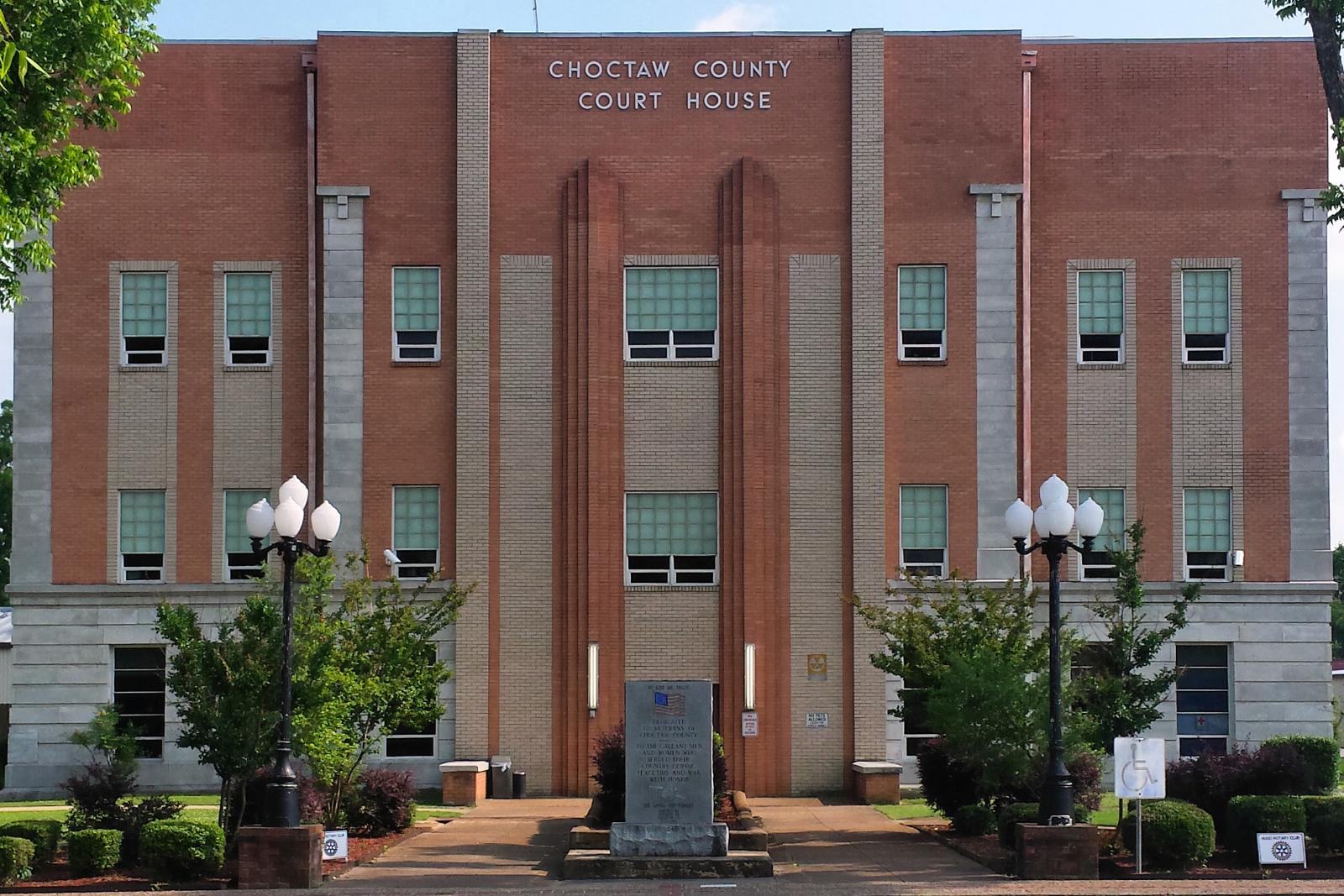
Why are people willing to pay so much to live here? What’s special about it?
Choctaw attracts families with its outstanding school system, consistently ranking among Oklahoma’s top districts for academic performance and extracurricular programs. The community offers suburban convenience with small-town atmosphere, featuring safe neighborhoods, excellent municipal services, and strong community involvement. Residents enjoy easy access to Oklahoma City employment while maintaining family-friendly environment and quality of life.
The town provides exceptional value for families seeking quality education, recreational opportunities, and community amenities at reasonable prices. Choctaw’s location in Oklahoma County offers convenient access to metropolitan employment and entertainment while maintaining lower cost of living and property taxes. The community’s commitment to parks, youth programs, and public safety creates attractive environment for families with children.
How Choctaw Rose to Prominence
Choctaw evolved from a small farming community into one of Oklahoma’s premier suburban destinations through strategic planning and commitment to educational excellence. Named to honor the Choctaw Nation’s historical presence in the area, the town remained largely agricultural until Oklahoma City’s eastward expansion brought suburban development. The community’s incorporation in 1893 preceded significant residential growth by decades.
The town’s transformation accelerated with the development of the Choctaw-Nicoma Park School District’s reputation for excellence, attracting families willing to pay premium prices for quality education. Major retail and commercial development enhanced the community’s convenience and appeal. Recent decades have brought continued residential growth that balances development with preservation of community character and natural areas.
3 Interesting Tidbits
1. Educational Excellence – Choctaw-Nicoma Park Schools consistently rank among Oklahoma’s top districts, with high graduation rates and college preparation programs.
2. Native Heritage – The community name honors the Choctaw Nation, with several local landmarks commemorating Native American history and cultural connections.
3. Sports Success – Choctaw High School athletics, particularly football and wrestling, have achieved state-level recognition and community pride.
15. Owasso – 68% Home Price Increase Since 2010

- 2010: $187,344
- 2011: $178,708
- 2012: $175,463
- 2013: $179,735
- 2014: $184,484
- 2015: $191,334
- 2016: $195,232
- 2017: $201,662
- 2018: $203,263
- 2019: $209,714
- 2020: $219,139
- 2021: $251,763
- 2022: $291,164
- 2023: $299,920
- 2024: $308,368
- 2025: $314,326
Owasso demonstrates steady 68% appreciation since 2010, reaching $314,326 median price. The community shows consistent growth momentum with particularly strong performance since 2020. This Tulsa suburb benefits from excellent schools, family amenities, and strategic location that attract premium buyers.
Why Owasso?
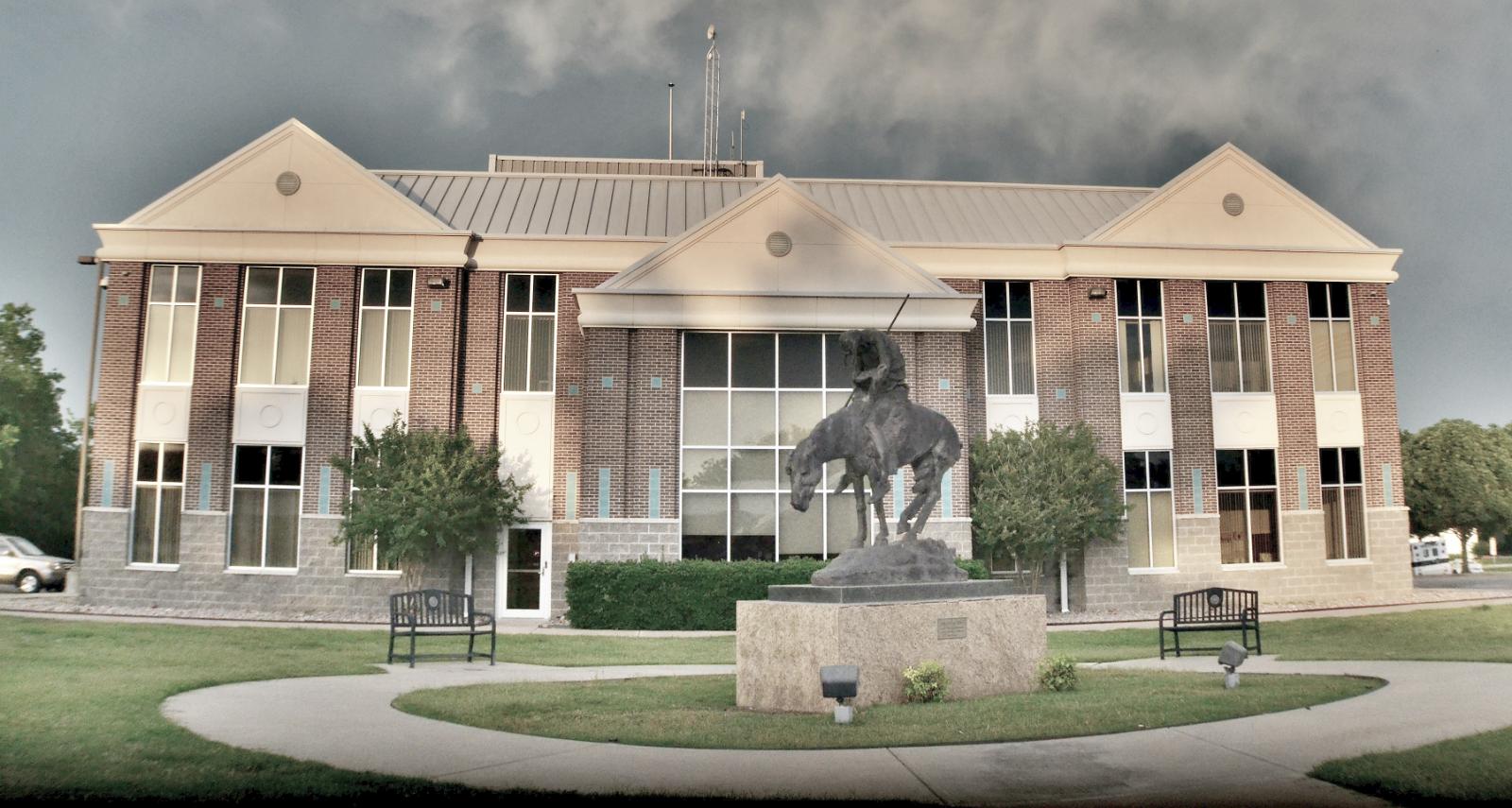
Why are people willing to pay so much to live here? What’s special about it?
Owasso attracts families seeking one of Oklahoma’s premier educational environments, with schools consistently ranking among the state’s best for academic achievement and extracurricular excellence. The community offers perfect suburban living with excellent municipal services, safe neighborhoods, and abundant recreational facilities. Residents enjoy easy access to Tulsa employment while maintaining family-focused community atmosphere.
The town provides exceptional quality of life with well-planned neighborhoods, extensive park systems, and community amenities that justify premium pricing. Owasso’s location offers convenient access to Tulsa’s job market and cultural opportunities while maintaining suburban tranquility and excellent schools. The community’s commitment to youth programs, public safety, and infrastructure creates attractive long-term investment environment.
How Owasso Rose to Prominence
Owasso transformed from a small oil boom town into one of Oklahoma’s most desirable suburban communities through strategic planning and commitment to quality development. Founded in 1881 during the area’s oil discovery period, the town experienced early growth followed by gradual transition to residential community. The city’s incorporation in 1904 established foundation for future planned development.
The community’s rise accelerated during Tulsa’s suburban expansion in the 1970s and 1980s, when Owasso’s location and planning attracted families seeking quality schools and suburban lifestyle. Major retail development and the growth of Owasso Public Schools’ reputation for excellence drew homebuyers willing to pay premium prices. Recent decades have brought continued high-quality development that maintains the community’s appeal and property values.
3 Interesting Tidbits
1. Rams Pride – Owasso High School’s Rams have achieved state championships in multiple sports and maintain one of Oklahoma’s most competitive athletic programs.
2. Planned Excellence – The community has won awards for municipal planning and development standards that maintain quality and property values.
3. Corporate Home – Several major corporations have chosen Owasso for regional headquarters, attracted by the quality workforce and community amenities.
14. Blanchard – 108% Home Price Increase Since 2010

- 2010: $152,242
- 2011: $148,976
- 2012: $152,155
- 2013: $159,243
- 2014: $165,402
- 2015: $174,262
- 2016: $177,433
- 2017: $182,932
- 2018: $190,730
- 2019: $199,645
- 2020: $210,429
- 2021: $243,699
- 2022: $284,089
- 2023: $296,649
- 2024: $306,645
- 2025: $316,820
Blanchard achieved impressive 108% growth since 2010, more than doubling home values to reach $316,820. The community shows exceptional momentum with consistent appreciation throughout the period. This McClain County town demonstrates strong market fundamentals and growing recognition as a premium residential destination.
Why Blanchard?
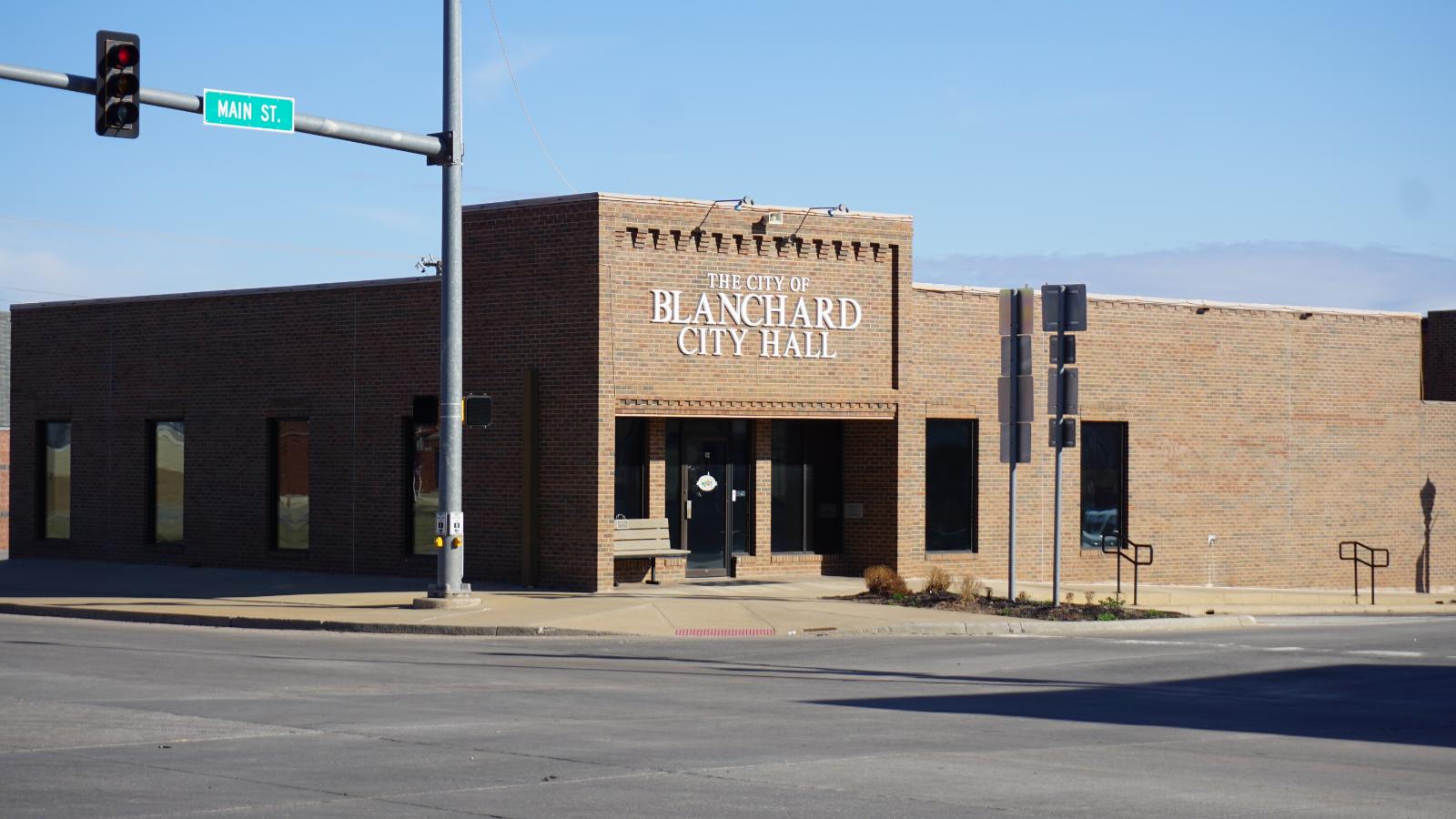
Why are people willing to pay so much to live here? What’s special about it?
Blanchard attracts families seeking excellent schools and small-town community atmosphere within reasonable commuting distance of Oklahoma City. The town offers outstanding value with quality new construction, larger lots, and family-friendly amenities while maintaining lower cost of living than metropolitan areas. Residents appreciate strong community involvement, youth programs, and safe neighborhoods that create ideal family environment.
The community provides perfect balance between rural charm and suburban convenience, with agricultural heritage and modern amenities coexisting harmoniously. Blanchard’s location offers easy access to Oklahoma City employment and entertainment while preserving small-town values and community connections. The town’s commitment to controlled growth helps maintain property values and neighborhood character.
How Blanchard Rose to Prominence
Blanchard developed from a small farming and railroad community into a thriving suburban destination through strategic location and commitment to quality education and community development. Founded in the early 1900s along the Atchison, Topeka and Santa Fe Railway, the town served agricultural interests while maintaining rail connections to urban markets. The community remained largely rural until Oklahoma City’s southward expansion reached the area.
The town’s transformation accelerated with development of quality residential subdivisions and the Blanchard Public School District’s growing reputation for excellence. The community’s strategic location between Oklahoma City and Norman attracted families seeking suburban lifestyle with small-town benefits. Recent years have brought significant residential and commercial development that enhances community amenities while preserving local character.
3 Interesting Tidbits
1. Lion Pride – Blanchard High School’s Lions have achieved success in multiple sports, with strong community support and competitive programs.
2. Railroad Heritage – The historic Santa Fe Railroad depot area remains a focal point of community identity and local history.
3. Festival Tradition – Annual community celebrations bring residents together and showcase the town’s friendly, family-oriented atmosphere.
13. Tuttle – 100% Home Price Increase Since 2010

- 2010: $161,353
- 2011: $157,823
- 2012: $158,831
- 2013: $162,853
- 2014: $170,169
- 2015: $180,429
- 2016: $179,697
- 2017: $188,223
- 2018: $196,746
- 2019: $208,457
- 2020: $219,882
- 2021: $256,654
- 2022: $296,214
- 2023: $304,938
- 2024: $309,984
- 2025: $323,278
Tuttle’s home values have doubled since 2010, with the steepest climb after 2020. Growth accelerated through 2022 and continued with modest gains into 2025. The latest median of $323,278 highlights strong buyer interest in this fast-growing town.
Why Tuttle?
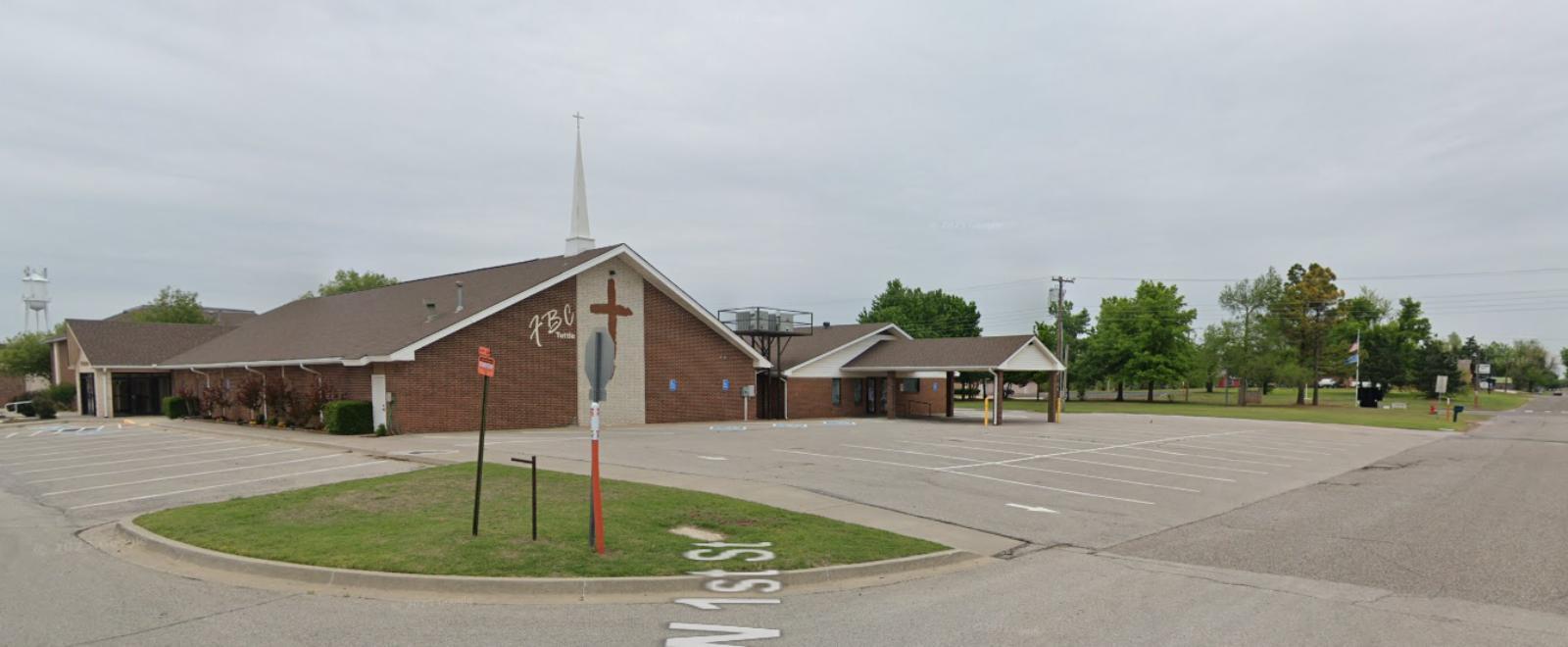
Why are people willing to pay so much to live here? What’s special about it?
Tuttle offers a rural setting just a short drive from Oklahoma City. Families are drawn to the schools, larger lots, and the sense of community. Buyers also like that they can get newer homes without leaving behind small-town character.
Recreation and local services keep daily life convenient. Residents enjoy both open space and proximity to city jobs. That balance fuels steady demand and rising values.
How Tuttle Rose to Prominence
Tuttle’s agricultural roots set the stage for later residential growth. As OKC expanded, the town’s location southwest of the metro became highly attractive. Housing developments brought in commuters seeking more space.
Highways provided fast access to the city while keeping Tuttle separate. Over the past decade, population growth has been steady and property values followed. The town’s careful expansion has kept it desirable.
3 Interesting Tidbits
- Dairy Heritage – Long known for Braum’s Dairy, with operations tied to Tuttle for decades.
- Annual Fair – The county fair is a highlight, drawing residents from across the region.
- Growth Corridor – Increasing new-home construction signals a strong market outlook.
12. Cashion – 107% Home Price Increase Since 2010

- 2010: $155,936
- 2011: $156,498
- 2012: $161,990
- 2013: $170,760
- 2014: $175,785
- 2015: $176,961
- 2016: $180,336
- 2017: $194,191
- 2018: $207,658
- 2019: $216,729
- 2020: $231,207
- 2021: $268,093
- 2022: $299,058
- 2023: $298,741
- 2024: $307,716
- 2025: $323,453
Cashion’s home prices more than doubled since 2010, with the most rapid gains in 2020–2022. The market then leveled slightly but continued to edge upward. By 2025, the town’s median price reached $323,453, reflecting lasting buyer demand.
Why Cashion?
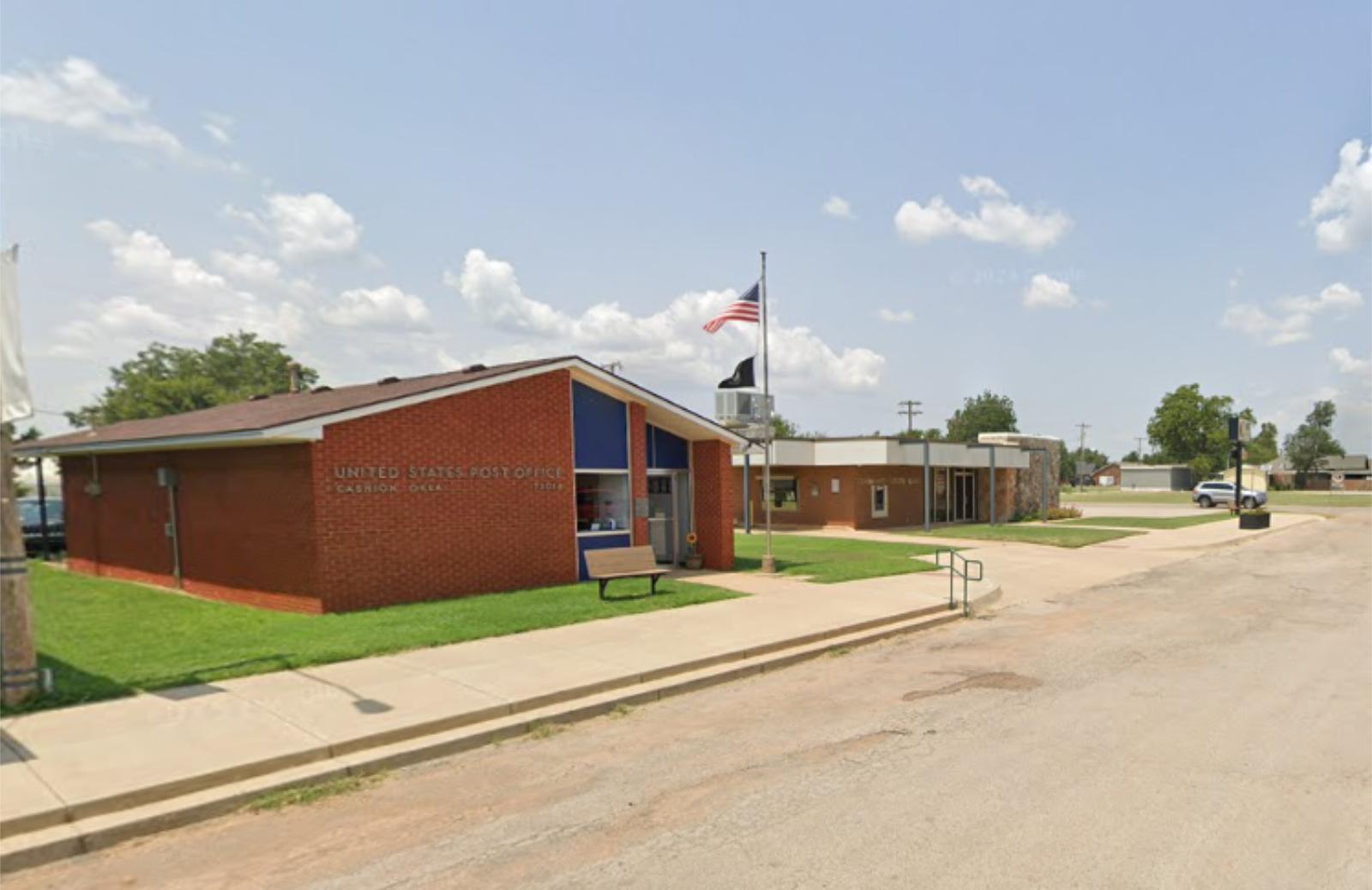
Why are people willing to pay so much to live here? What’s special about it?
Cashion combines small-town calm with access to the Oklahoma City and Guthrie areas. Buyers appreciate the larger homesites and slower pace of life. Families are especially drawn to the schools and the sense of safety.
Community traditions and rural scenery make the area appealing to long-term residents. Its location gives quick access to highways while preserving privacy. That mix explains its surge in value.
How Cashion Rose to Prominence
The town grew as a farming community along rail lines in the late 19th century. Over time, suburban expansion pushed toward Cashion. Housing development brought new families while keeping its rural identity intact.
Recent infrastructure growth boosted appeal to commuters. Limited housing inventory helped prices rise quickly. The balance of history and new growth defines today’s market.
3 Interesting Tidbits
- Historic Origins – Founded in 1889 during the Oklahoma Land Run era.
- Small-Town Feel – Despite growth, it has fewer than 1,000 residents.
- Community Spirit – High school sports are a strong source of local pride.
11. Bixby – 57% Home Price Increase Since 2010

- 2010: $208,157
- 2011: $196,051
- 2012: $196,937
- 2013: $201,232
- 2014: $206,024
- 2015: $213,510
- 2016: $217,335
- 2017: $224,484
- 2018: $224,261
- 2019: $227,979
- 2020: $238,522
- 2021: $269,203
- 2022: $314,776
- 2023: $318,887
- 2024: $320,239
- 2025: $327,160
Bixby’s home prices rose by more than half since 2010, with sharp growth after 2020. The pandemic-era surge pushed prices into the $300,000s by 2022. By 2025, the median had climbed to $327,160, reflecting sustained demand.
Why Bixby?
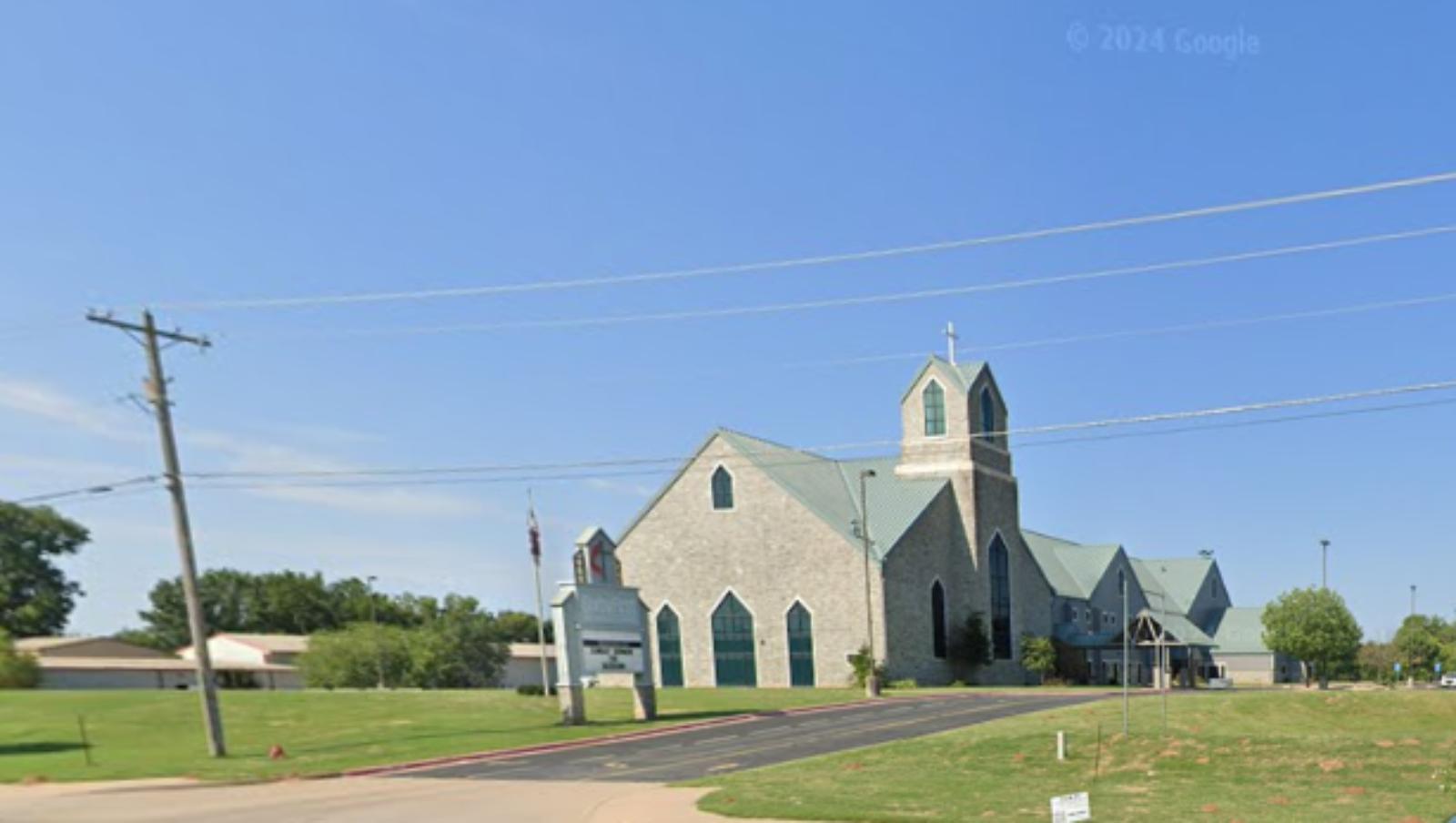
Why are people willing to pay so much to live here? What’s special about it?
Bixby offers suburban comfort just south of Tulsa. Families appreciate strong schools, new subdivisions, and abundant parks. Buyers also find value in larger homes at competitive prices compared with nearby areas.
The Arkansas River corridor adds scenery and recreation. Local retail growth has made everyday life convenient. These strengths have kept prices moving upward steadily.
How Bixby Rose to Prominence
Bixby started as a farming hub, known for sod farming and vegetable crops. Suburban growth from Tulsa steadily shifted the area into a bedroom community. Housing boomed in the late 1990s and 2000s.
Strong schools and new amenities cemented its appeal. The pandemic-driven housing boom fueled the latest price surge. That mix of history and suburban growth explains today’s market strength.
3 Interesting Tidbits
- Sod Capital – Bixby has long been recognized for its sod farming industry.
- River Parks – The Arkansas River provides fishing, trails, and outdoor activities.
- School Pride – The Bixby Spartans dominate Oklahoma high school football.
10. Piedmont – 87% Home Price Increase Since 2010

- 2010: $180,820
- 2011: $174,353
- 2012: $175,526
- 2013: $182,480
- 2014: $190,717
- 2015: $200,038
- 2016: $204,991
- 2017: $210,442
- 2018: $219,695
- 2019: $227,323
- 2020: $238,193
- 2021: $265,944
- 2022: $304,513
- 2023: $320,560
- 2024: $327,388
- 2025: $338,705
Piedmont home values nearly doubled since 2010, with the most dramatic jump after 2020. The town crossed the $300,000 mark by 2022 and kept rising. By 2025, median prices reached $338,705, reflecting solid growth.
Why Piedmont?
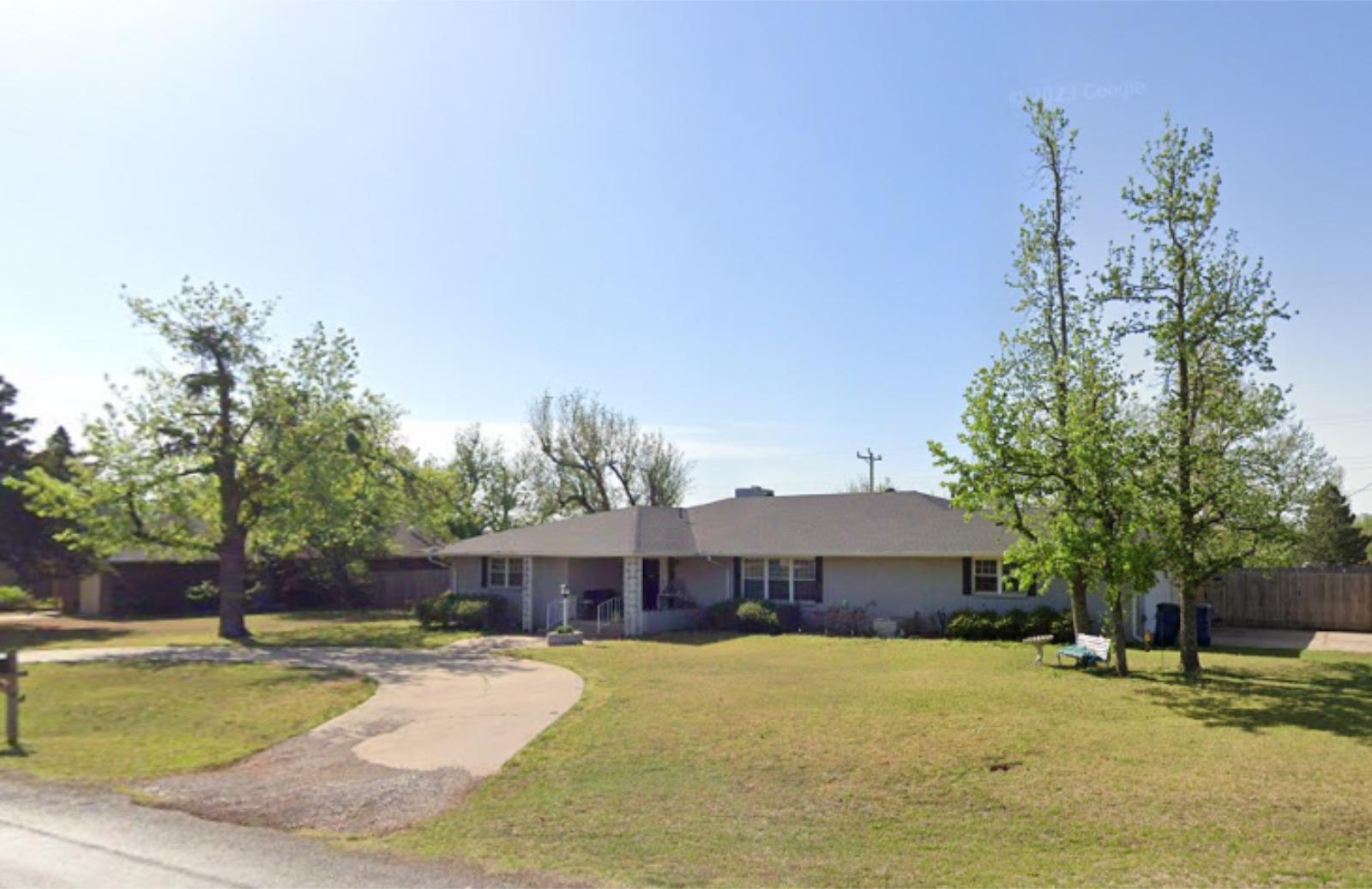
Why are people willing to pay so much to live here? What’s special about it?
Piedmont offers suburban calm with proximity to Oklahoma City jobs. Families appreciate newer homes, respected schools, and safe neighborhoods. The town is also known for its strong sense of community.
Recreation options and easy highway access add to its appeal. Larger properties with modern builds attract buyers seeking more space. The result is consistent demand across the housing cycle.
How Piedmont Rose to Prominence
Piedmont’s growth traces back to the suburban expansion northwest of OKC. The 1970s and 1980s brought subdivisions, followed by larger developments in the 2000s. Families came for space and schools, and prices tracked that demand.
Recent infrastructure improvements strengthened its commuter appeal. As nearby Edmond grew pricier, Piedmont became an attractive alternative. This shift explains its sharp value growth since 2020.
3 Interesting Tidbits
- Tornado Resilience – Piedmont rebuilt quickly after a major tornado in 2011.
- School Growth – Piedmont Public Schools have expanded rapidly to keep up with families moving in.
- Bedroom Community – Many residents commute to downtown OKC for work.
9. Broken Bow – 143% Home Price Increase Since 2010

- 2010: $140,163
- 2011: $138,624
- 2012: $143,341
- 2013: $149,585
- 2014: $158,025
- 2015: $170,630
- 2016: $180,555
- 2017: $185,124
- 2018: $202,587
- 2019: $220,382
- 2020: $238,291
- 2021: $318,863
- 2022: $396,433
- 2023: $408,051
- 2024: $372,750
- 2025: $340,192
Broken Bow’s home values more than doubled since 2010, with explosive growth in 2021–2023. Prices spiked above $400,000 before easing in 2024–2025. Even with the pullback, the 2025 median of $340,192 is far above its 2010 level.
Why Broken Bow?
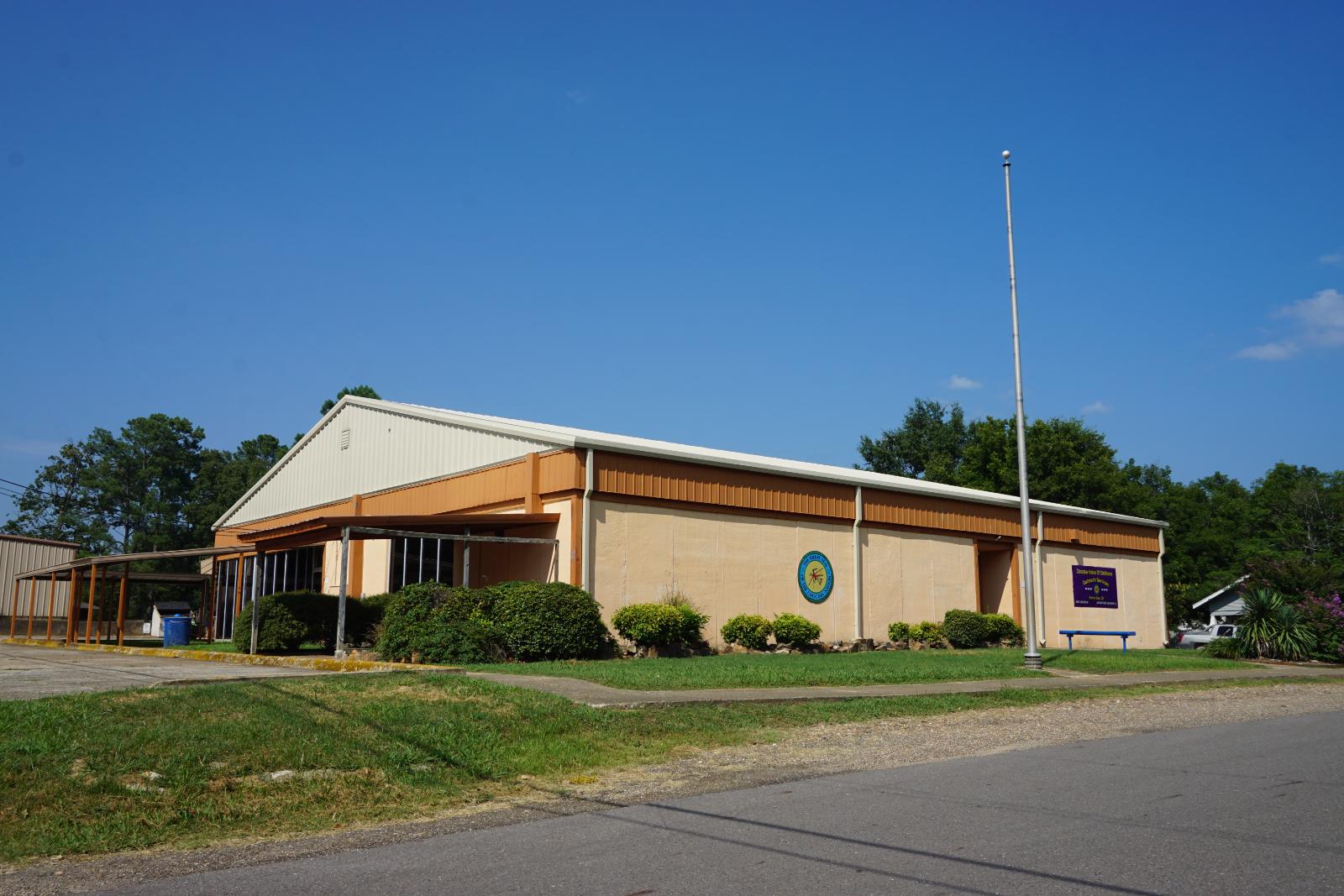
Why are people willing to pay so much to live here? What’s special about it?
Broken Bow sits near some of Oklahoma’s most visited outdoor destinations. The town’s proximity to Beavers Bend State Park and Broken Bow Lake makes it a major draw. Buyers include both permanent residents and vacation-home investors.
Tourism has fueled short-term rental demand, boosting property values. The scenic setting and year-round recreation keep demand high. Even with recent cooling, the market remains one of the state’s hottest.
How Broken Bow Rose to Prominence
Once a quiet timber town, Broken Bow transformed with tourism growth in the late 20th century. Beavers Bend State Park’s rise as a vacation hub brought cabins and resorts. Real estate investors followed, driving up land and home prices.
The pandemic fueled remote work and getaway demand, accelerating the boom. Cabin construction soared, putting Broken Bow on national radars. Prices surged until the market began stabilizing in 2024.
3 Interesting Tidbits
- Tourist Magnet – Millions visit Beavers Bend and Broken Bow Lake each year.
- Cabin Craze – The area is nationally known for luxury cabins tucked into pine forests.
- Fishing Haven – The Lower Mountain Fork River is a top trout destination.
8. Jones – 124% Home Price Increase Since 2010

- 2010: $154,035
- 2011: $151,898
- 2012: $149,790
- 2013: $159,248
- 2014: $174,486
- 2015: $185,831
- 2016: $192,923
- 2017: $196,905
- 2018: $212,270
- 2019: $223,546
- 2020: $237,354
- 2021: $274,096
- 2022: $311,407
- 2023: $325,993
- 2024: $331,274
- 2025: $344,684
Jones home prices have more than doubled since 2010, with strong growth after 2020. Prices pushed into the mid-$300,000s by 2025. The upward trajectory reflects the town’s increasing desirability near Oklahoma City.
Why Jones?
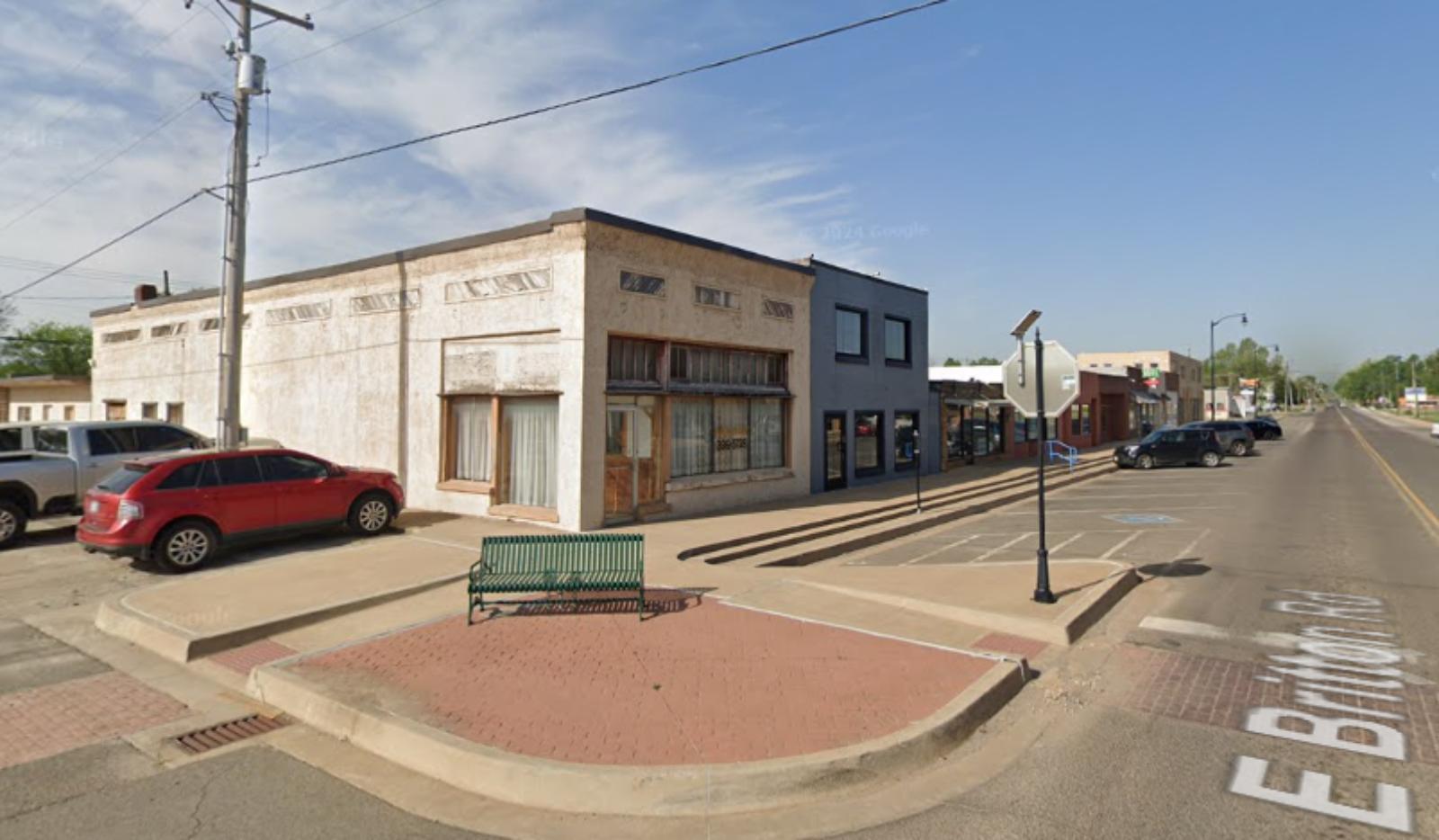
Why are people willing to pay so much to live here? What’s special about it?
Jones offers a rural lifestyle close to OKC’s east side. Buyers like the affordability compared with metro suburbs. Larger lots and small-town charm appeal to families and retirees alike.
Access to highways makes commutes manageable. Schools and community events keep residents connected. These features help support the town’s strong home price growth.
How Jones Rose to Prominence
Founded in the early 1900s, Jones stayed small and agricultural for decades. As OKC grew outward, Jones became an option for people seeking quiet living. In recent years, new builds and renovations pushed values higher.
Its position along highways and rail corridors gave it steady growth potential. The pandemic era only accelerated migration from urban cores. That trend shows up in the data after 2020.
3 Interesting Tidbits
- Historic Roots – Established in 1903 as a rail town on the Missouri-Kansas-Texas line.
- Community Events – The Fourth of July celebration is a popular tradition.
- Land Appeal – Many homes sit on multi-acre lots.
7. Jenks – 63% Home Price Increase Since 2010

- 2010: $214,440
- 2011: $204,391
- 2012: $205,902
- 2013: $212,389
- 2014: $216,752
- 2015: $222,905
- 2016: $228,127
- 2017: $234,251
- 2018: $236,355
- 2019: $241,346
- 2020: $253,197
- 2021: $284,414
- 2022: $333,532
- 2023: $338,678
- 2024: $342,746
- 2025: $349,549
Jenks home values rose steadily, gaining 63% since 2010. The largest increases came in 2021–2022, when values jumped above $330,000. By 2025, the median reached $349,549, cementing Jenks as one of Tulsa’s top suburbs.
Why Jenks?
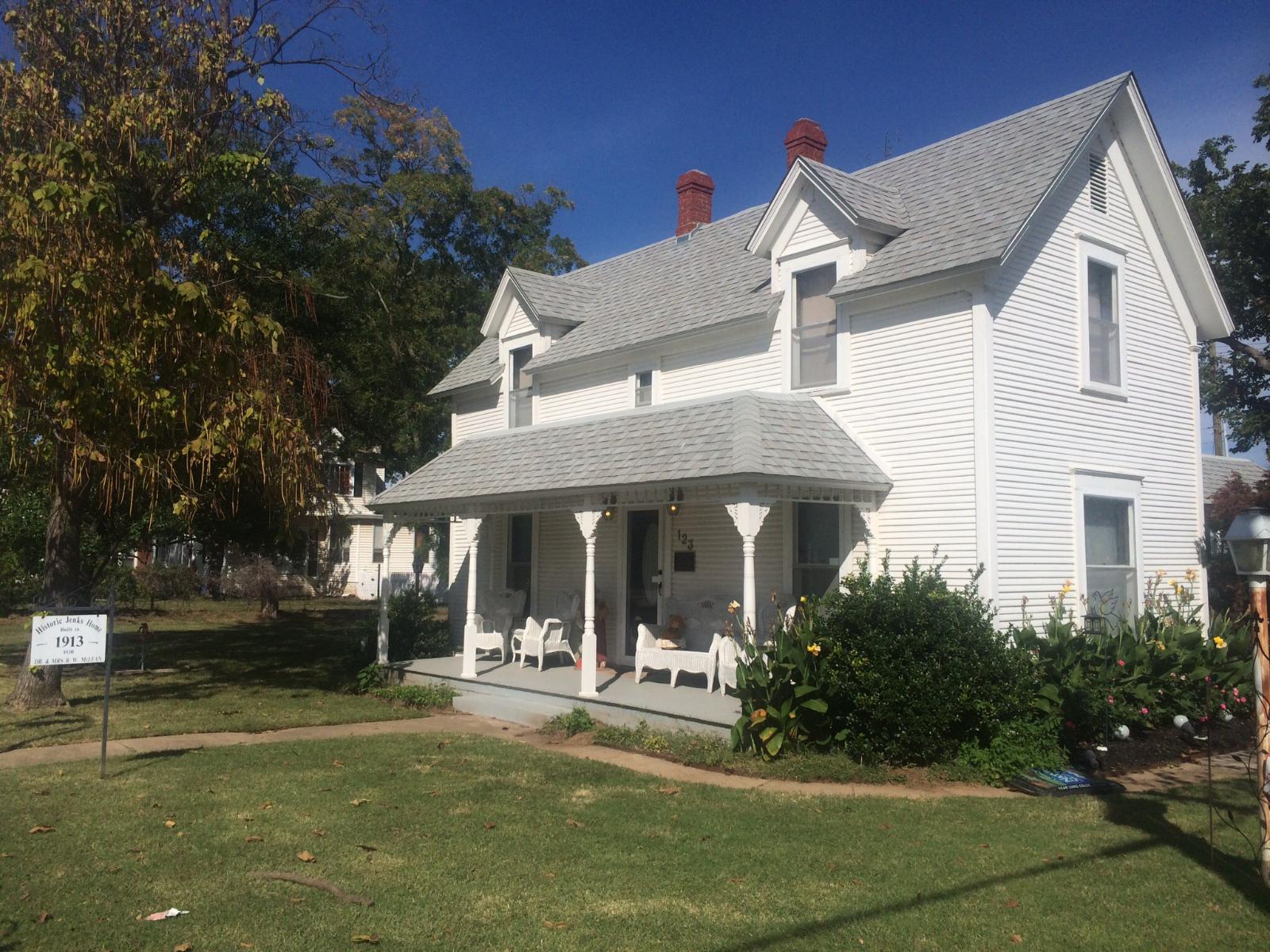
Why are people willing to pay so much to live here? What’s special about it?
Families flock to Jenks for its award-winning school district. Buyers also like the mix of new subdivisions and established neighborhoods. Retail, dining, and entertainment options make it a complete suburb.
The Arkansas River and local parks offer recreation close to home. Commutes into Tulsa remain short and manageable. That combination of amenities and convenience drives strong demand.
How Jenks Rose to Prominence
Jenks grew from a small river town into a fast-growing Tulsa suburb. The rise of the Jenks School District brought national attention. Residential development followed, transforming it into a thriving community.
Proximity to the Creek Turnpike gave commuters an easy route into Tulsa. Continued commercial growth reinforced its regional status. These shifts explain its steady value climb.
3 Interesting Tidbits
- Aquarium Town – Home to the Oklahoma Aquarium, a regional attraction.
- School Power – Jenks Public Schools are consistently ranked among the best in the state.
- River Access – Trails and parks line the Arkansas River corridor.
6. Edmond – 63% Home Price Increase Since 2010

- 2010: $216,876
- 2011: $211,569
- 2012: $211,119
- 2013: $220,169
- 2014: $227,705
- 2015: $235,829
- 2016: $239,730
- 2017: $239,649
- 2018: $243,058
- 2019: $248,973
- 2020: $258,636
- 2021: $291,403
- 2022: $340,313
- 2023: $349,114
- 2024: $349,048
- 2025: $353,160
Edmond’s prices rose in a smooth arc through the 2010s. The fast run-up came in 2021–2022, passing $340,000. By 2025, values held near record highs at $353,160.
Why Edmond?
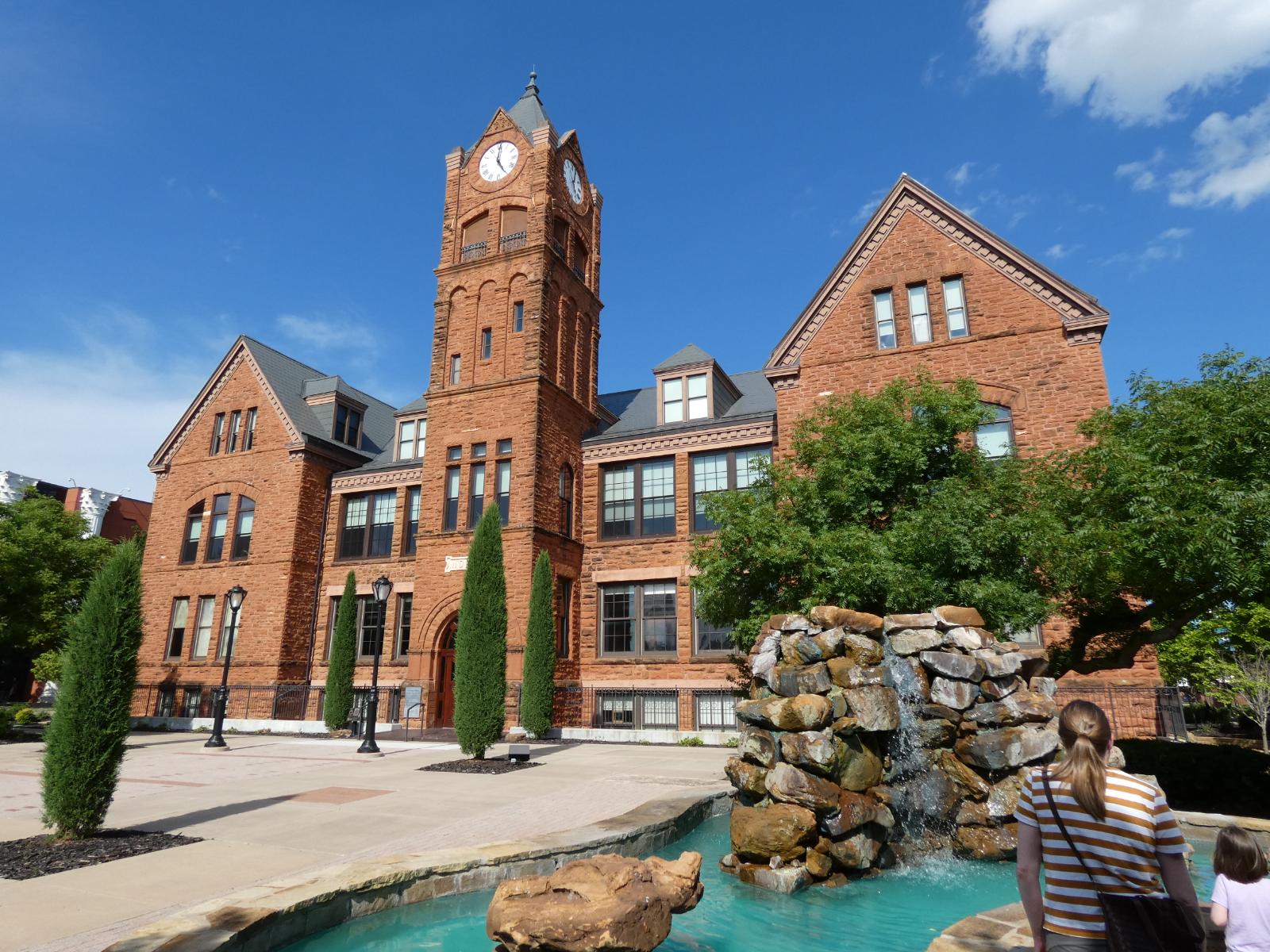
Why are people willing to pay so much to live here? What’s special about it?
Edmond blends top-rated schools, parks, and a busy local economy. Buyers find modern homes and stable neighborhoods. Safety and services are key selling points.
The city sits next to Oklahoma City’s job centers. Dining, shops, and events fill calendars year-round. That quality-of-life mix supports long-term prices.
How Edmond Rose to Prominence
University ties and early suburban growth set the foundation. Strong planning and steady investment kept momentum. New commercial hubs and road work improved access.
Population growth lifted demand for larger homes. Renovations refreshed older stock and boosted comps. The post-2020 surge cemented its status.
3 Interesting Tidbits
- College Town Plus – Home to the University of Central Oklahoma.
- Parks Network – Trails and lake access weave through the city.
- Active Downtown – Events and eateries keep the core lively.
5. Afton – 123% Home Price Increase Since 2010

- 2010: $161,939
- 2011: $158,430
- 2012: $169,088
- 2013: $179,033
- 2014: $200,715
- 2015: $198,913
- 2016: $198,558
- 2017: $205,712
- 2018: $217,040
- 2019: $212,664
- 2020: $229,833
- 2021: $289,753
- 2022: $338,694
- 2023: $337,617
- 2024: $355,726
- 2025: $360,496
Afton values more than doubled since 2010. Growth accelerated after 2020 and stayed strong. By 2025, the median reached $360,496, a clear high point.
Why Afton?
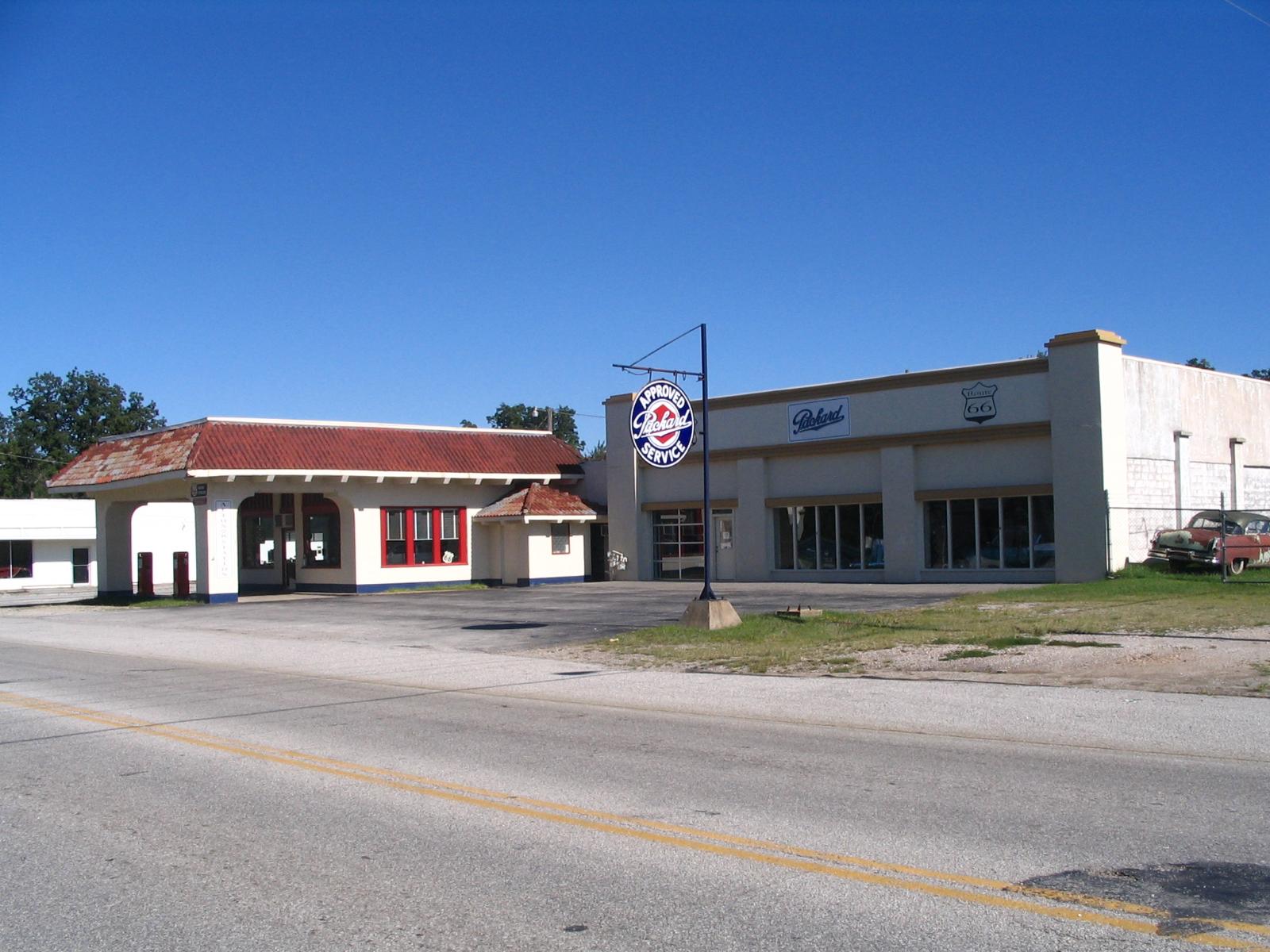
Why are people willing to pay so much to live here? What’s special about it?
Grand Lake access is the headline feature here. Buyers include full-time residents and second-home owners. Waterfront and water-view properties command premiums.
Marinas, fishing, and trails create a year-round lifestyle. Small-town services and nearby resorts add convenience. These factors keep inventory tight and prices firm.
How Afton Rose to Prominence
Tourism around Grand Lake grew steadily over the years. Cabin builds and lake communities pushed values higher. Post-2020 demand added fuel to an already strong market.
Renovations lifted older homes to modern standards. Limited waterfront supply amplified price moves. The numbers since 2021 reflect that reality.
3 Interesting Tidbits
- Lake Life – Quick access to boating, fishing, and coves.
- Resort Nodes – Marinas and vacation rentals dot the shoreline.
- Weekend Magnet – Popular with visitors from across the region.
4. Cedar Valley – 84% Home Price Increase Since 2010

- 2010: $202,211
- 2011: $198,194
- 2012: $205,355
- 2013: $215,857
- 2014: $225,655
- 2015: $233,071
- 2016: $239,798
- 2017: $244,508
- 2018: $248,001
- 2019: $255,664
- 2020: $277,950
- 2021: $308,301
- 2022: $348,801
- 2023: $352,328
- 2024: $361,251
- 2025: $371,967
Cedar Valley shows strong 84% appreciation since 2010, reaching a premium median price of $371,967. The community demonstrates consistent growth momentum with steady acceleration in recent years. This Logan County town benefits from rural lifestyle appeal combined with reasonable access to Oklahoma City employment.
Why Cedar Valley?
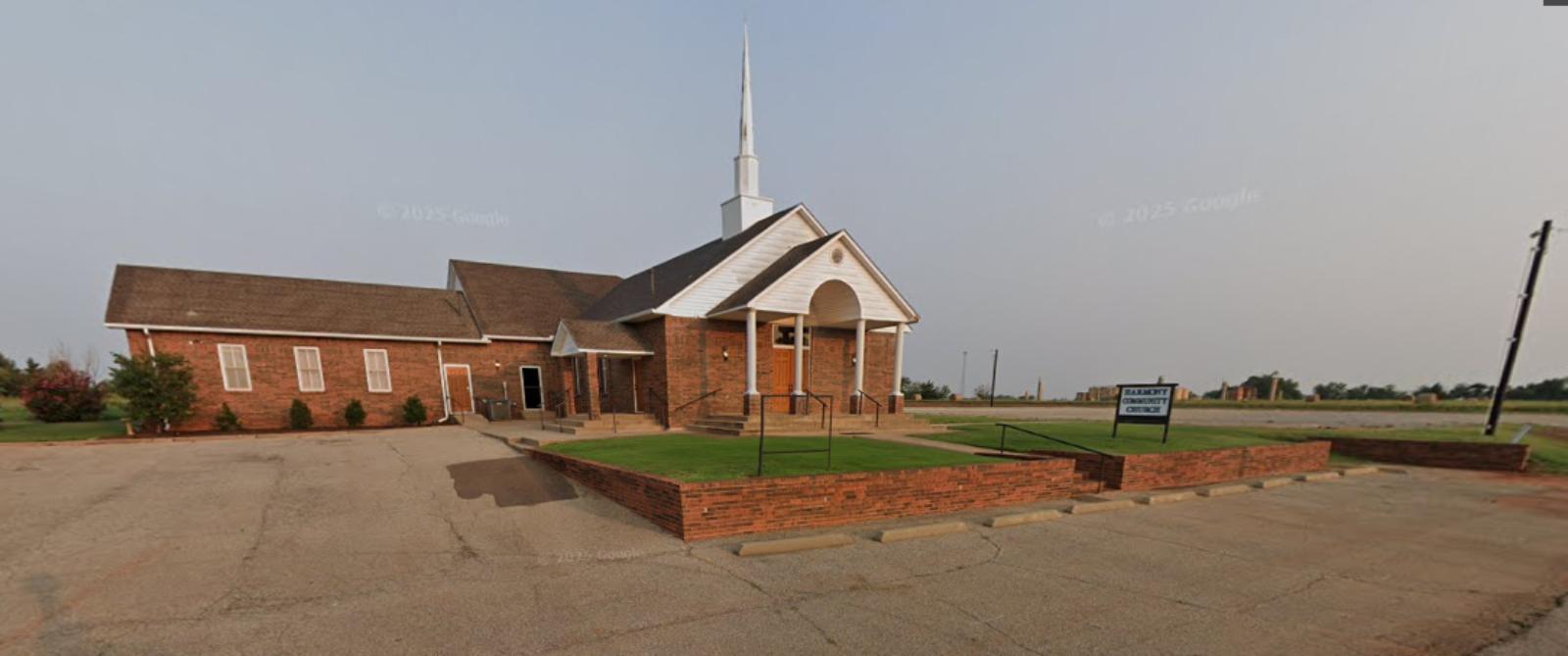
Why are people willing to pay so much to live here? What’s special about it?
Cedar Valley attracts buyers seeking rural lifestyle with modern conveniences, offering larger properties and agricultural opportunities within reasonable commuting distance of Oklahoma City. The community provides excellent value for custom homes, horse properties, and country living while maintaining access to quality schools and municipal services. Residents enjoy small-town atmosphere, outdoor recreation, and agricultural heritage that create unique living environment.
The town offers distinctive advantages for families seeking alternatives to suburban density, with agricultural zoning that supports diverse rural lifestyle choices including equestrian activities and farming. Cedar Valley’s location provides lower property taxes and cost of living while maintaining reasonable access to metropolitan employment and amenities. The community’s commitment to preserving rural character appeals to buyers wanting authentic country living with urban convenience.
How Cedar Valley Rose to Prominence
Cedar Valley evolved from a small agricultural community into a sought-after rural residential destination as Oklahoma City’s metropolitan influence expanded northward into Logan County. Originally settled around farming and ranching operations, the town maintained its rural character while gradually attracting residents seeking larger properties and agricultural lifestyle opportunities. The community’s strategic location offered reasonable access to Oklahoma City while preserving country living advantages.
The town’s development pattern emphasized preservation of agricultural land and rural lifestyle while accommodating new residential growth through careful planning. Cedar Valley became attractive to families seeking alternatives to suburban subdivisions, offering custom home sites and agricultural properties within commuting distance of urban employment. Recent years have brought balanced growth that maintains rural character while improving infrastructure and municipal services.
3 Interesting Tidbits
1. Lions Pride – Cedar Valley High School’s Lions maintain competitive athletic programs and strong community support despite the town’s rural setting.
2. Agricultural Heritage – The community supports active farming and ranching operations, with many residents engaged in cattle production and agricultural pursuits.
3. Rural Development – Cedar Valley has successfully balanced residential growth with agricultural preservation, creating opportunities for country living within metropolitan commuting distance.
3. Cleora – 72% Home Price Increase Since 2016

- 2010: N/A
- 2011: N/A
- 2012: N/A
- 2013: N/A
- 2014: N/A
- 2015: N/A
- 2016: $236,138
- 2017: $241,304
- 2018: $249,621
- 2019: $251,378
- 2020: $263,227
- 2021: $316,481
- 2022: $386,700
- 2023: $389,864
- 2024: $387,787
- 2025: $405,959
Cleora shows impressive 72% growth since 2016, reaching a premium median price of $405,959. Despite limited historical data, recent performance demonstrates strong appreciation and growing market recognition. This Delaware County lakefront community benefits from Grand Lake recreation and scenic natural setting.
Why Cleora?
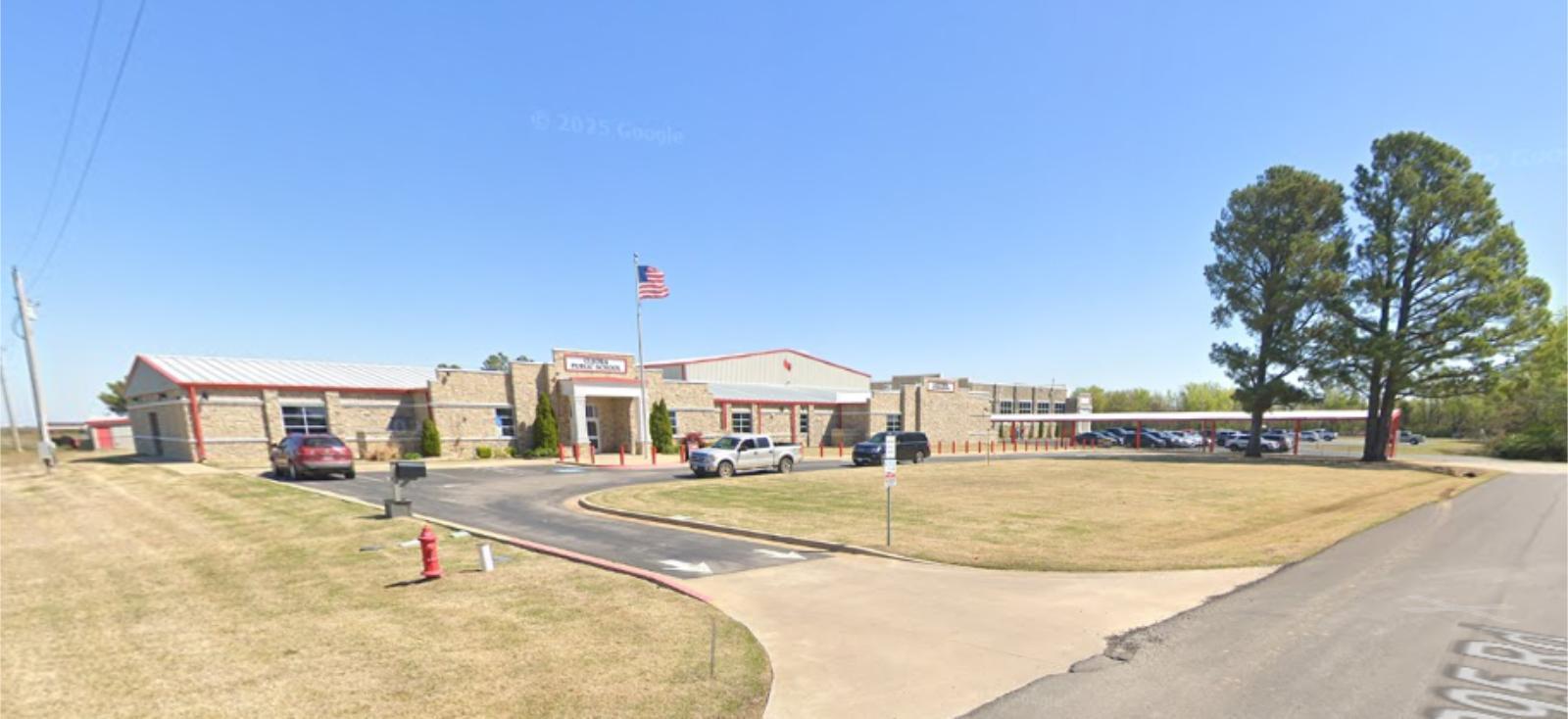
Why are people willing to pay so much to live here? What’s special about it?
Cleora attracts buyers seeking exclusive lakefront living on Grand Lake O’ the Cherokees with access to premier fishing, boating, and water recreation opportunities. The community offers luxury waterfront properties and recreational lifestyle in one of Oklahoma’s most pristine lake settings. Residents enjoy resort-quality living year-round with access to marinas, recreational facilities, and natural beauty that create exceptional property values.
The area provides outstanding value for premium waterfront properties compared to similar lake communities across the region, with Grand Lake offering crystal-clear water and diverse recreational opportunities. Cleora’s location offers reasonable access to Tulsa and regional employment while maintaining exclusive lakefront lifestyle advantages. The community’s limited development and natural setting help preserve property values and recreational quality.
How Cleora Rose to Prominence
Cleora developed as an exclusive lakefront community following Grand Lake O’ the Cherokees’ creation in 1940, evolving from rural farmland into a premier recreational property destination. The area’s pristine lakefront locations and natural beauty attracted upscale resort development and luxury home construction. Early development emphasized quality over quantity, creating exclusive residential enclaves that maintain their appeal today.
The community’s prominence grew as Grand Lake gained recognition as one of America’s premier fishing and recreational destinations, attracting affluent buyers seeking luxury lakefront properties. The area’s natural beauty, water quality, and recreational amenities created strong demand for vacation homes and permanent residences. Recent years have brought continued development of high-end lakefront properties that capitalize on Grand Lake’s exceptional recreational opportunities and scenic beauty.
3 Interesting Tidbits
1. Crystal Waters – Cleora area features some of Grand Lake’s clearest water, making it particularly attractive for swimming, diving, and water sports enthusiasts.
2. Fishing Paradise – The area is renowned for trophy bass fishing, with numerous guide services and fishing tournaments held on Grand Lake throughout the year.
3. Luxury Lakefront – Cleora features some of Grand Lake’s most exclusive waterfront properties, with custom homes and luxury amenities that command premium prices.
2. Goldsby – 108% Home Price Increase Since 2010

- 2010: $197,886
- 2011: $188,371
- 2012: $194,408
- 2013: $211,204
- 2014: $219,597
- 2015: $232,668
- 2016: $236,847
- 2017: $248,514
- 2018: $256,803
- 2019: $265,824
- 2020: $284,115
- 2021: $327,076
- 2022: $371,283
- 2023: $384,815
- 2024: $404,064
- 2025: $411,255
Goldsby demonstrates exceptional 108% growth since 2010, more than doubling home values to reach $411,255. The community shows outstanding appreciation momentum with consistent growth throughout the period. This McClain County town benefits from strategic location and growing recognition as a premium residential destination near Oklahoma City.
Why Goldsby?
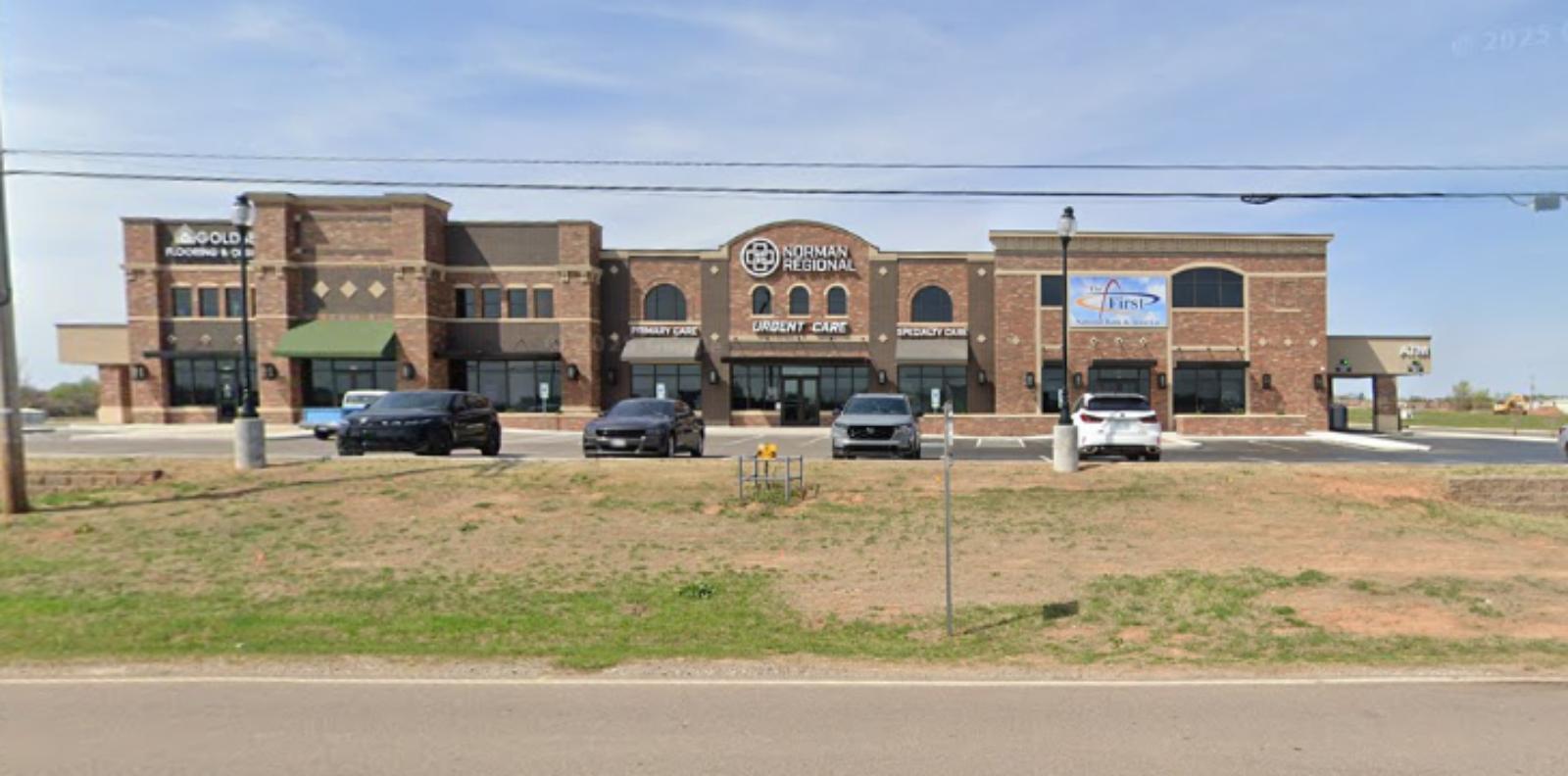
Why are people willing to pay so much to live here? What’s special about it?
Goldsby attracts affluent families seeking luxury rural living with convenient access to Oklahoma City employment, offering custom homes, horse properties, and agricultural lifestyle at premium prices. The community provides exceptional value for buyers wanting larger estates, privacy, and country living while maintaining reasonable access to metropolitan amenities and services. Residents enjoy exclusive neighborhoods, outdoor recreation, and small-town atmosphere that create unique upscale living environment.
The town offers distinctive advantages for buyers seeking alternatives to suburban density, with larger lot sizes and agricultural zoning that supports luxury rural lifestyle choices. Goldsby’s location provides lower property taxes and enhanced privacy while maintaining easy access to Oklahoma City’s business districts and Norman’s employment centers. The community’s commitment to quality development and rural character preservation appeals to discerning buyers seeking authentic luxury country living.
How Goldsby Rose to Prominence
Goldsby evolved from a small agricultural community into an exclusive residential destination as Oklahoma City’s affluent residents sought luxury rural properties within reasonable commuting distance. Originally settled around farming operations in McClain County, the town maintained its rural character while gradually attracting buyers seeking custom estates and agricultural lifestyle opportunities. The community’s strategic location between Oklahoma City and Norman enhanced its appeal.
The town’s transformation accelerated with development of luxury residential estates and custom home communities that attracted affluent families seeking alternatives to suburban living. Goldsby became recognized for quality development standards and rural lifestyle amenities that justified premium pricing. Recent years have brought continued high-end residential development that maintains the community’s exclusive character while enhancing property values and lifestyle amenities.
3 Interesting Tidbits
1. Wildcat Pride – Goldsby High School’s Wildcats compete in smaller classifications but maintain strong community support and competitive athletic programs.
2. Horse Country – The community is home to numerous equestrian facilities, horse properties, and agricultural operations that maintain its rural character and appeal.
3. Luxury Rural – Goldsby offers unique opportunities for luxury custom homes on larger acreages within reasonable commuting distance of major employment centers.
1. Nichols Hills – 86% Home Price Increase Since 2010

- 2010: $519,620
- 2011: $510,404
- 2012: $513,917
- 2013: $560,839
- 2014: $603,681
- 2015: $643,114
- 2016: $632,366
- 2017: $625,040
- 2018: $686,290
- 2019: $721,733
- 2020: $739,326
- 2021: $801,200
- 2022: $896,736
- 2023: $918,159
- 2024: $917,396
- 2025: $967,080
Nichols Hills stands as Oklahoma’s most expensive residential market with 86% appreciation since 2010, reaching a median price of $967,080 that approaches the million-dollar threshold. The community demonstrates consistent premium market performance with steady growth momentum. This exclusive Oklahoma County enclave maintains its position as the state’s premier luxury residential address.
Why Nichols Hills?

Why are people willing to pay so much to live here? What’s special about it?
Nichols Hills attracts Oklahoma’s most affluent residents with its unparalleled exclusivity, featuring palatial mansions on substantial lots with meticulous landscaping and architectural excellence. The community offers the ultimate luxury lifestyle with private golf club access, premium municipal services, and proximity to upscale shopping and dining. Residents enjoy the highest property values in Oklahoma, exceptional schools, and prestigious address that commands respect statewide.
The enclave provides unique cobblestone architecture and English countryside ambiance created by thousands of planted trees and shrubs that transform the prairie landscape. Nichols Hills offers complete exclusivity while maintaining convenient access to Oklahoma City’s business districts and cultural amenities. The community’s strict architectural standards and limited development preserve property values and maintain its distinctive character as Oklahoma’s Beverly Hills.
How Nichols Hills Rose to Prominence
Nichols Hills was developed in 1929 by real estate pioneer Dr. G.A. Nichols as Oklahoma’s first planned luxury community, designed to house the wealthiest members of Oklahoma City society on palatial estates. Inspired by Beverly Hills and other prestigious American communities, Dr. Nichols created restrictive covenants and architectural standards that would preserve the area’s exclusivity for generations. The community’s unique cobblestone architecture used local fieldstone to create distinctive character.
The enclave survived the Great Depression and grew as Oklahoma’s oil wealth created a class of affluent residents seeking luxury lifestyle and social prestige. Nichols Hills became the preferred address for oil executives, business leaders, politicians, and celebrities who valued privacy, luxury, and exclusivity. The community maintains its original character through strict zoning and architectural controls that preserve property values and residential quality unmatched anywhere else in Oklahoma.
3 Interesting Tidbits
1. Oklahoma’s Richest – Nichols Hills residents have the highest per capita income in Oklahoma at $138,658, making it the wealthiest community in the state by significant margin.
2. Celebrity Haven – The community has been home to numerous celebrities, sports figures, oil tycoons, and political leaders, including Oklahoma City Thunder executives and players.
3. Golf Club Legacy – The Oklahoma City Golf and Country Club, designed by renowned architect Perry Maxwell, serves as the social and recreational centerpiece of the community since its founding.



